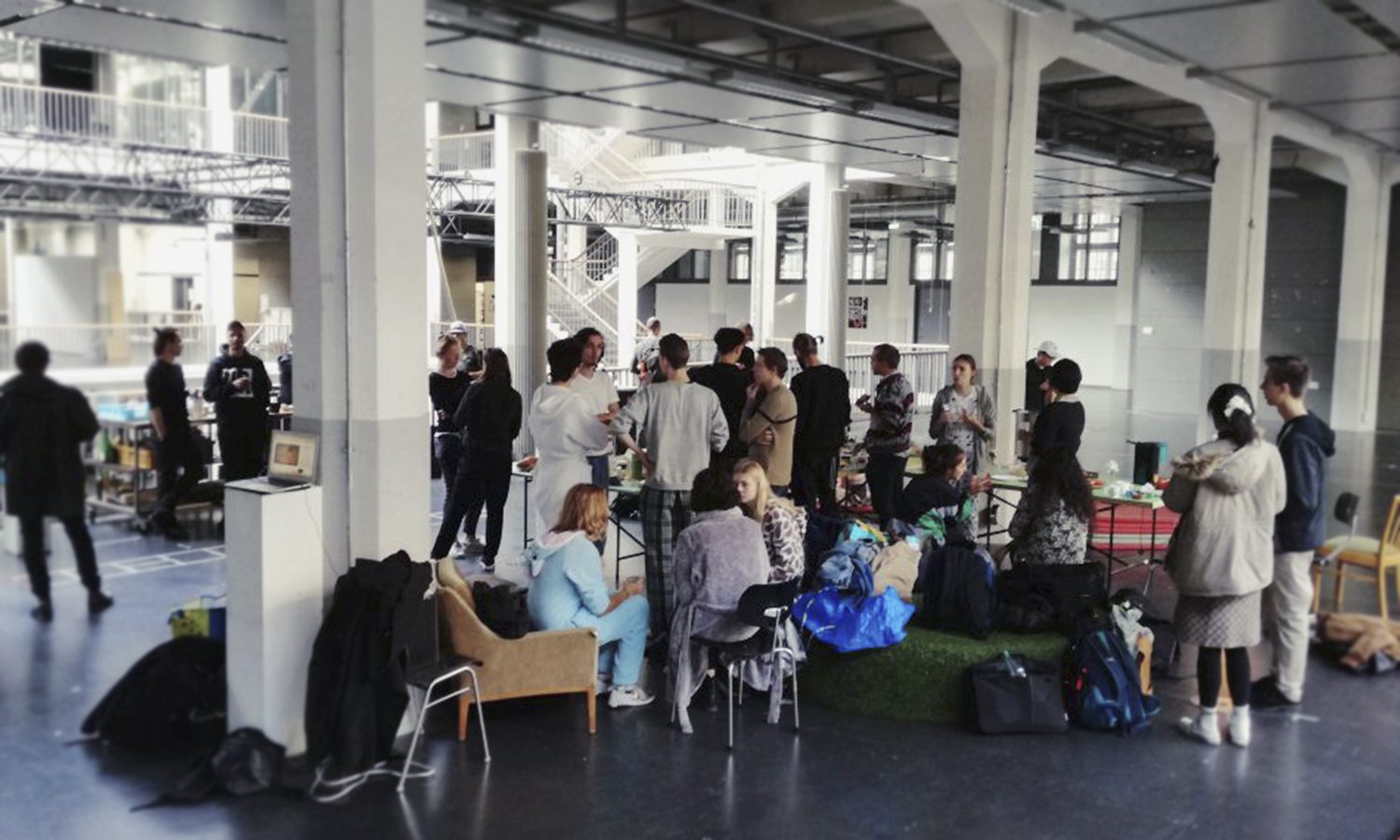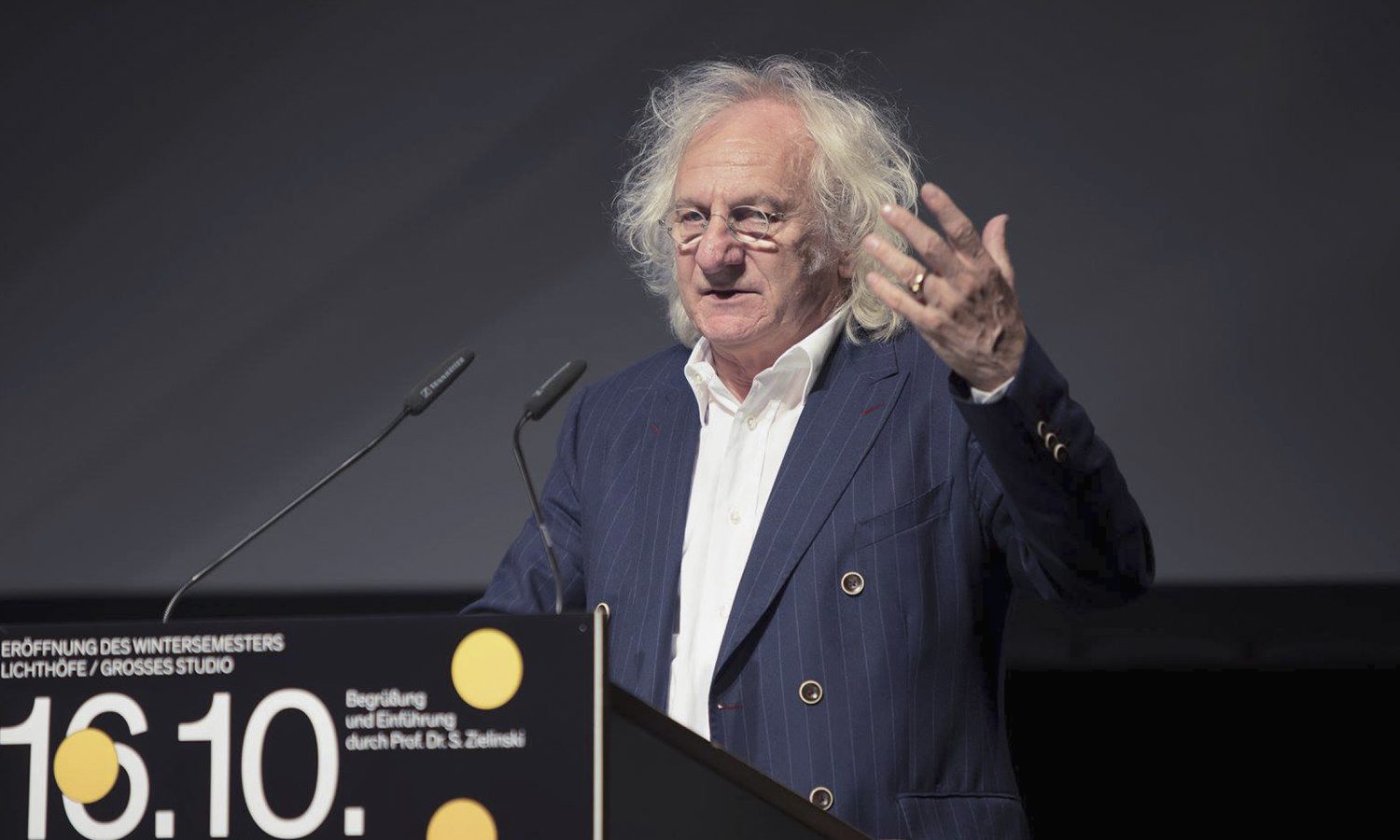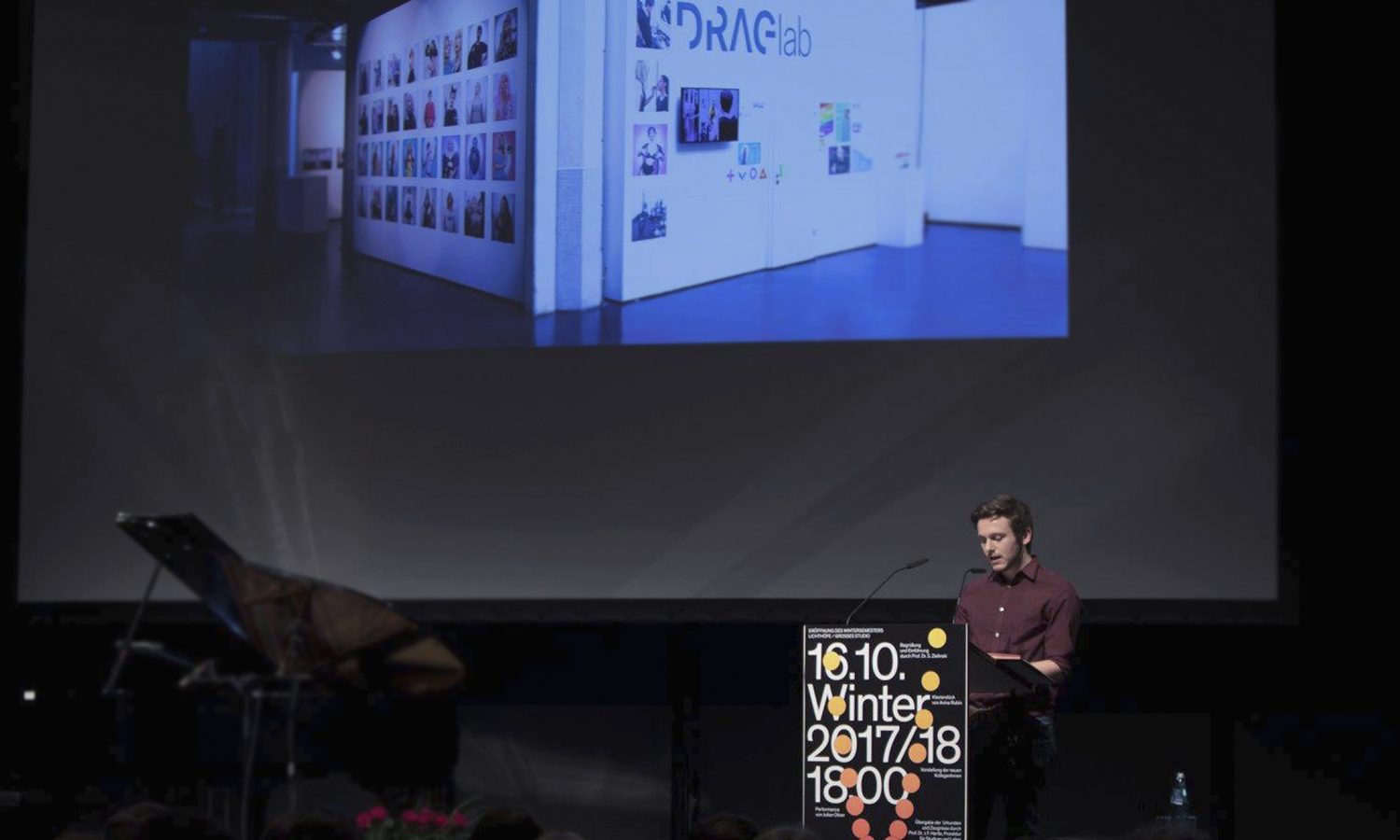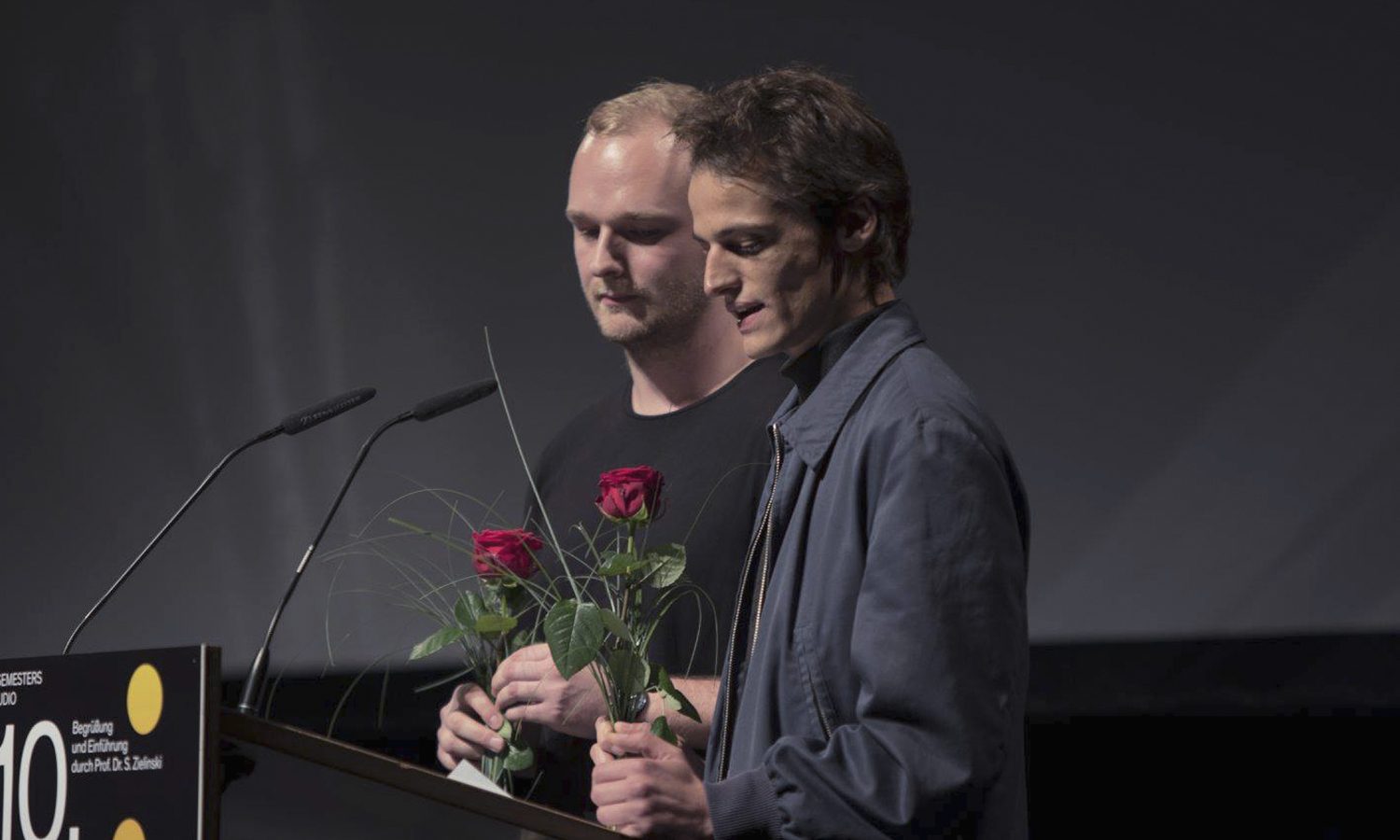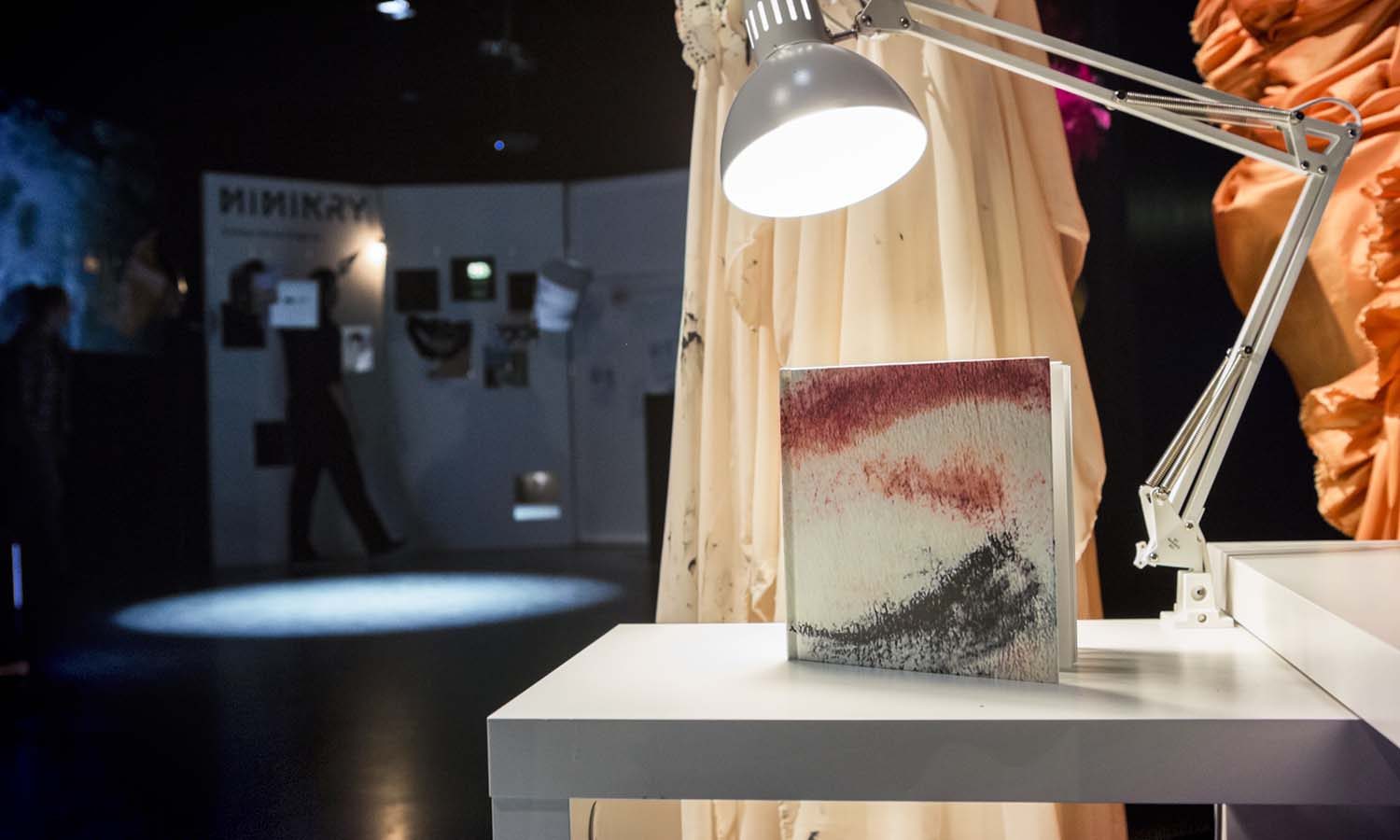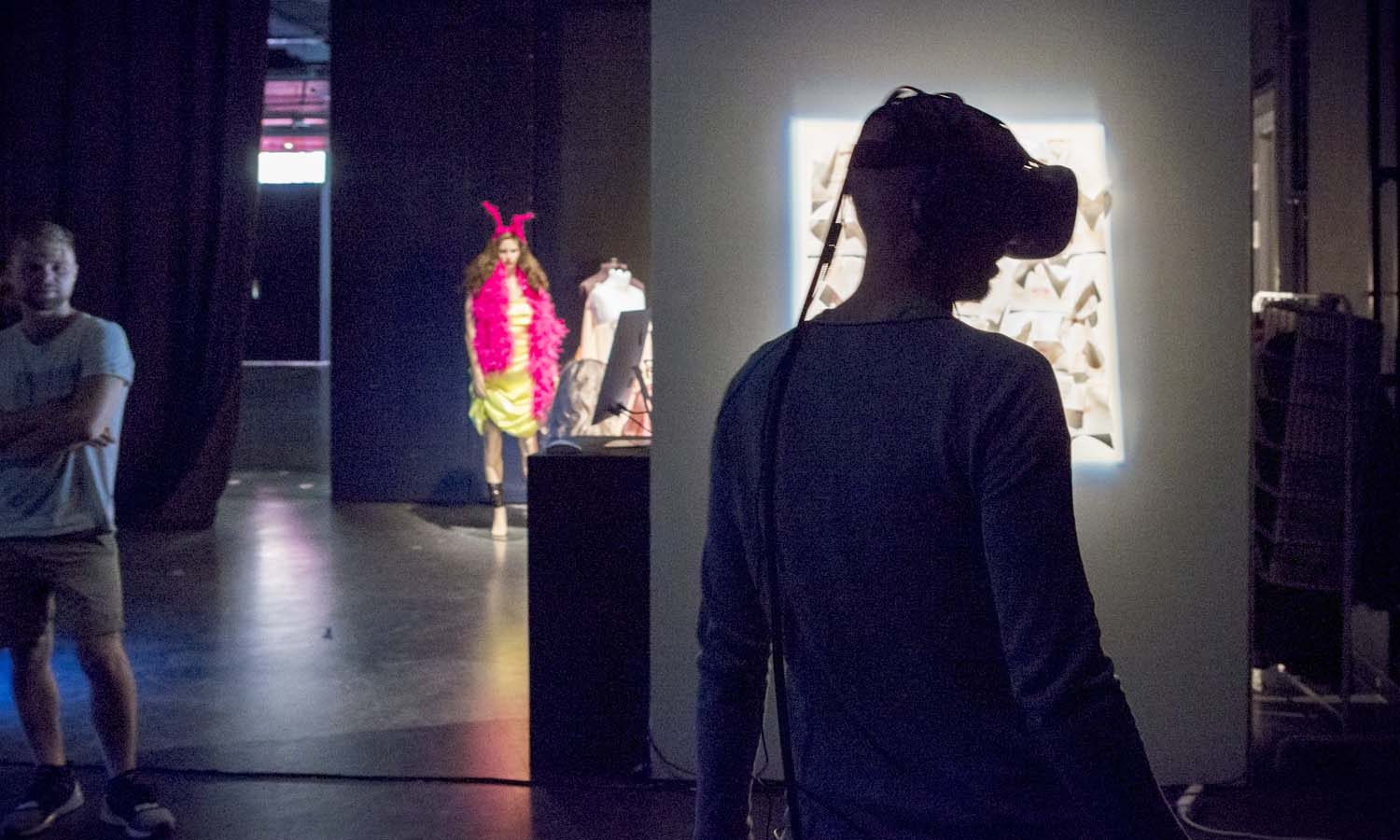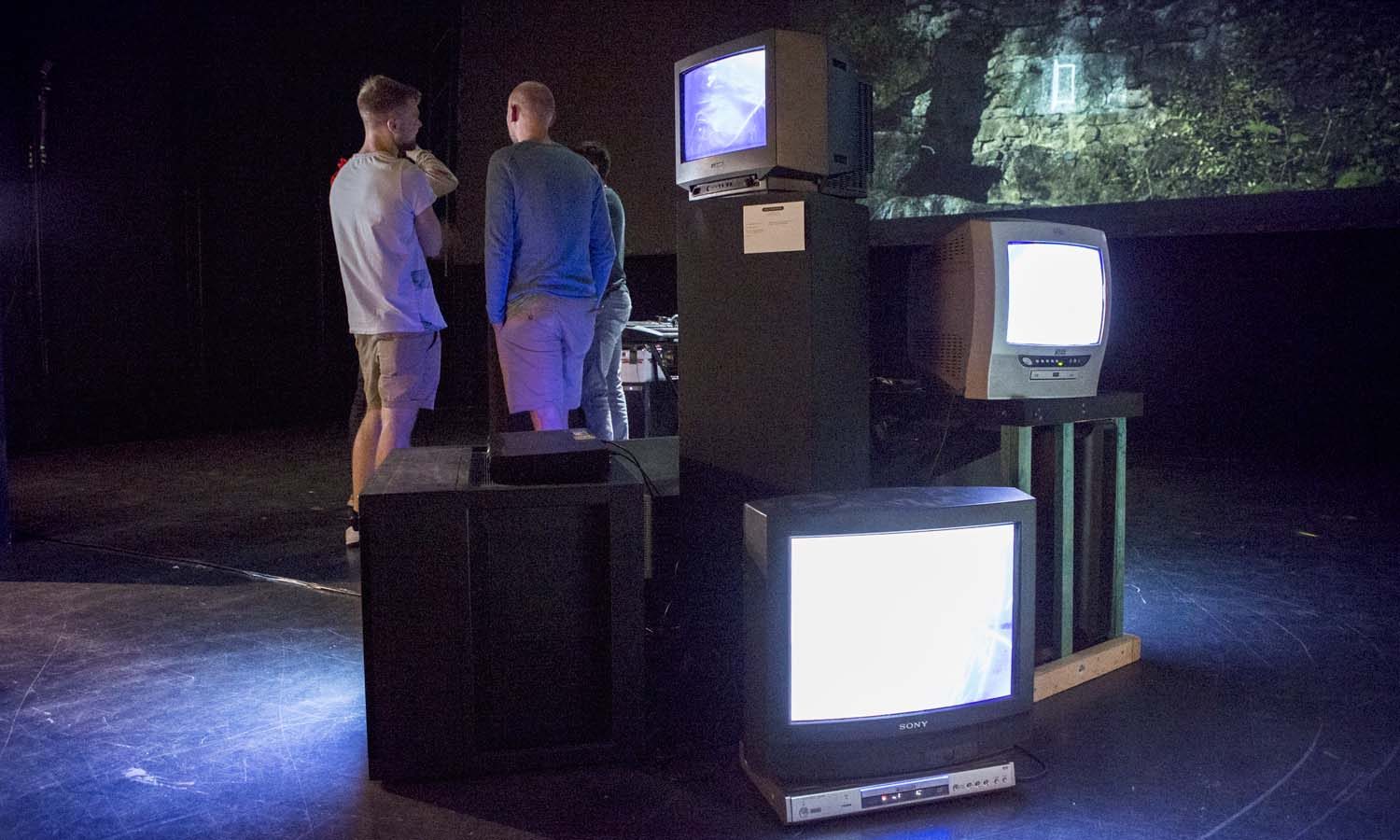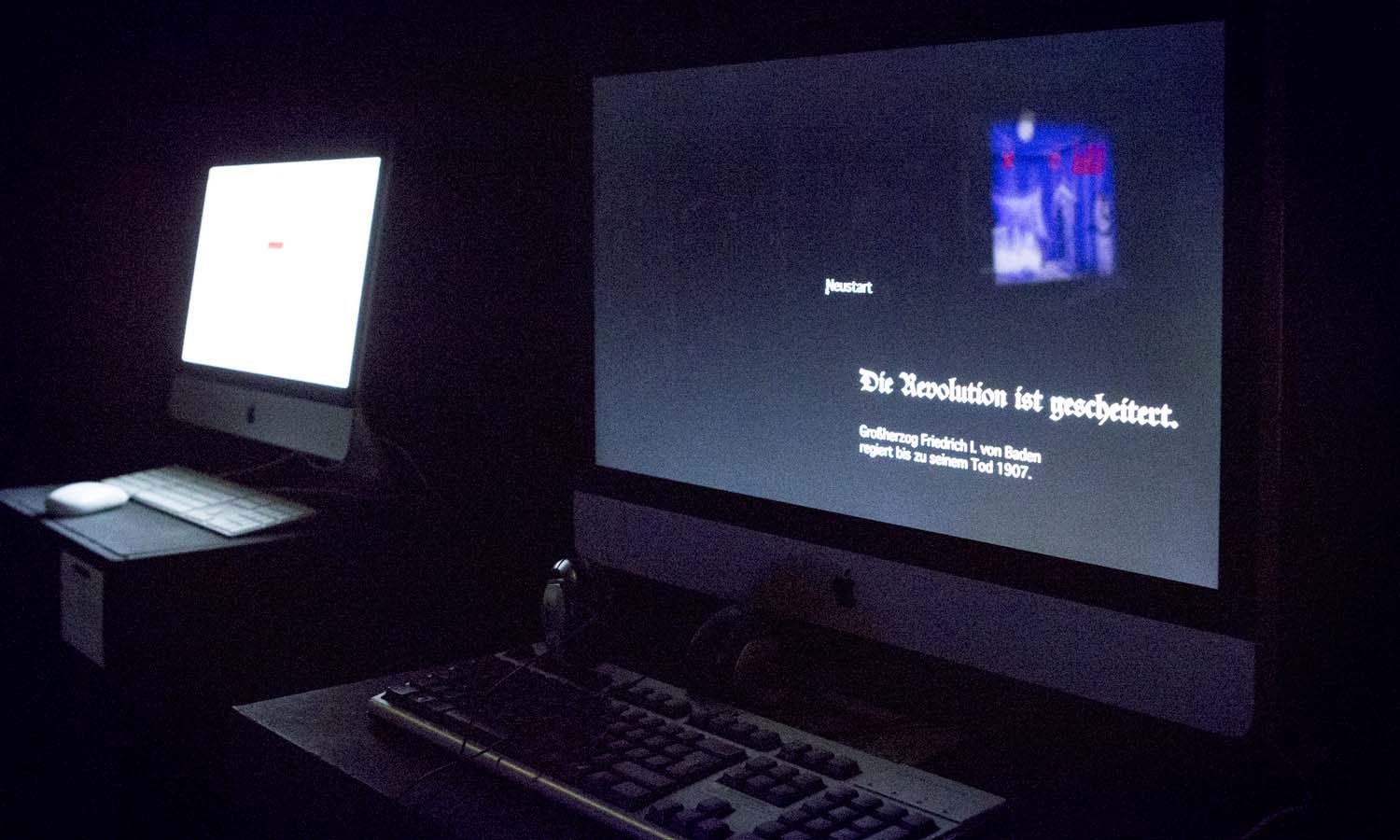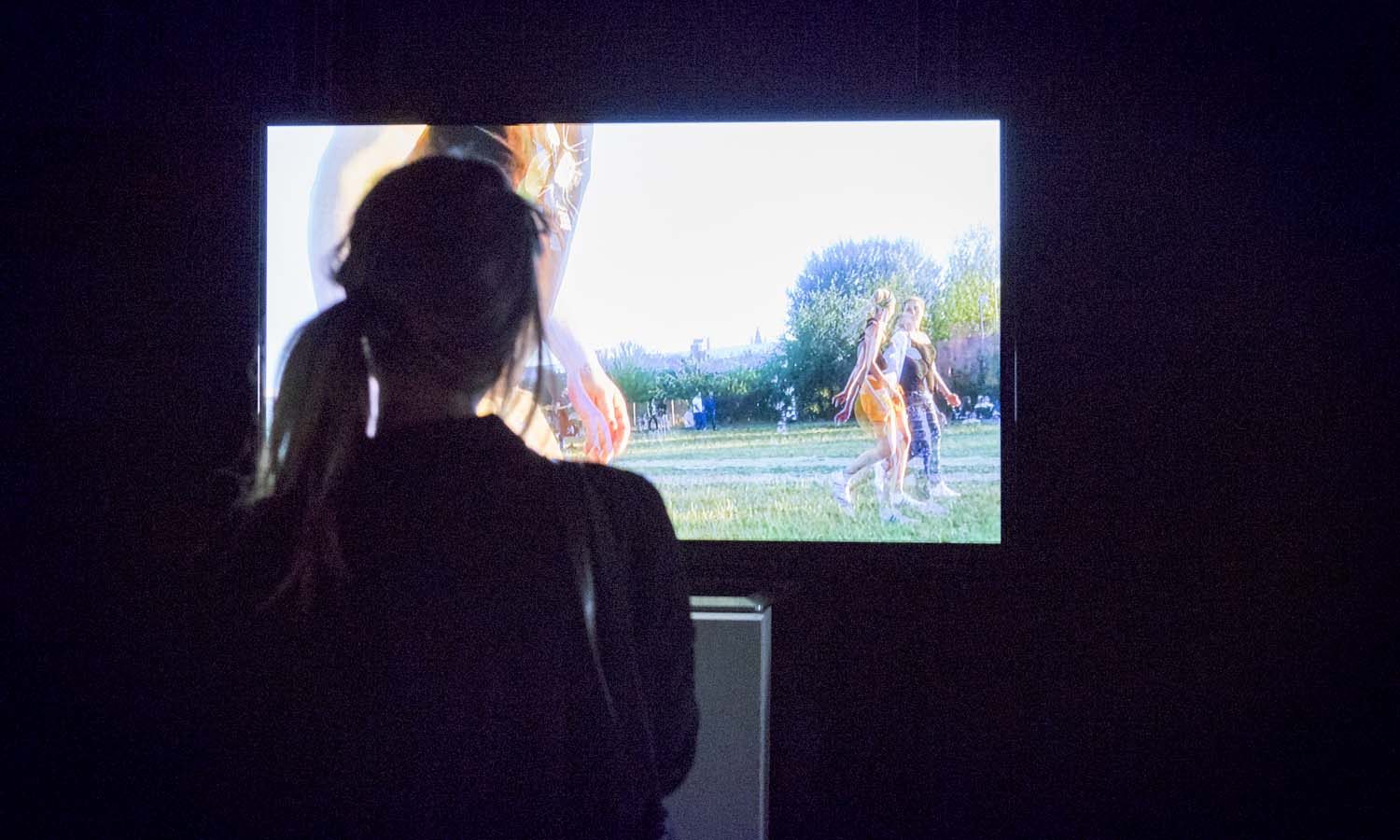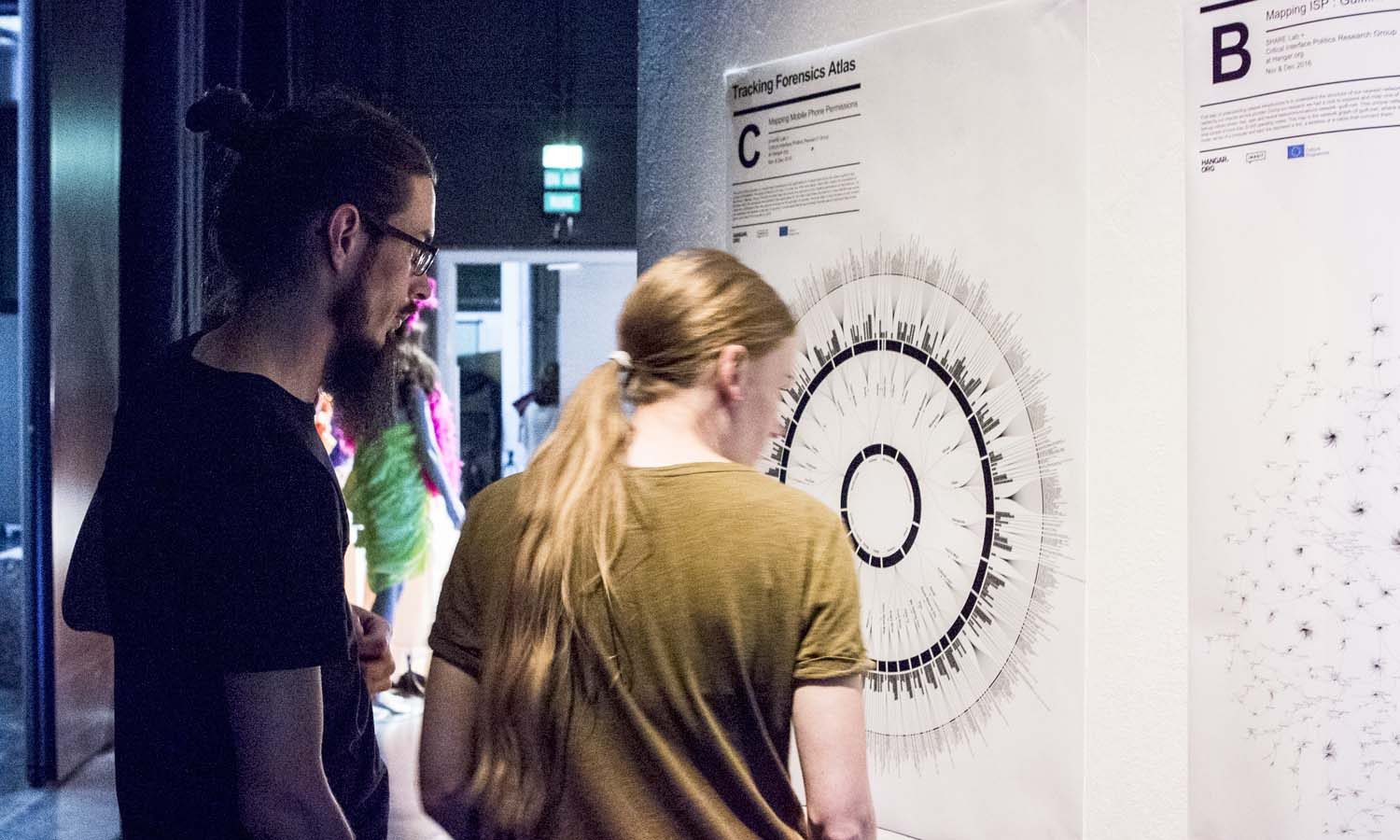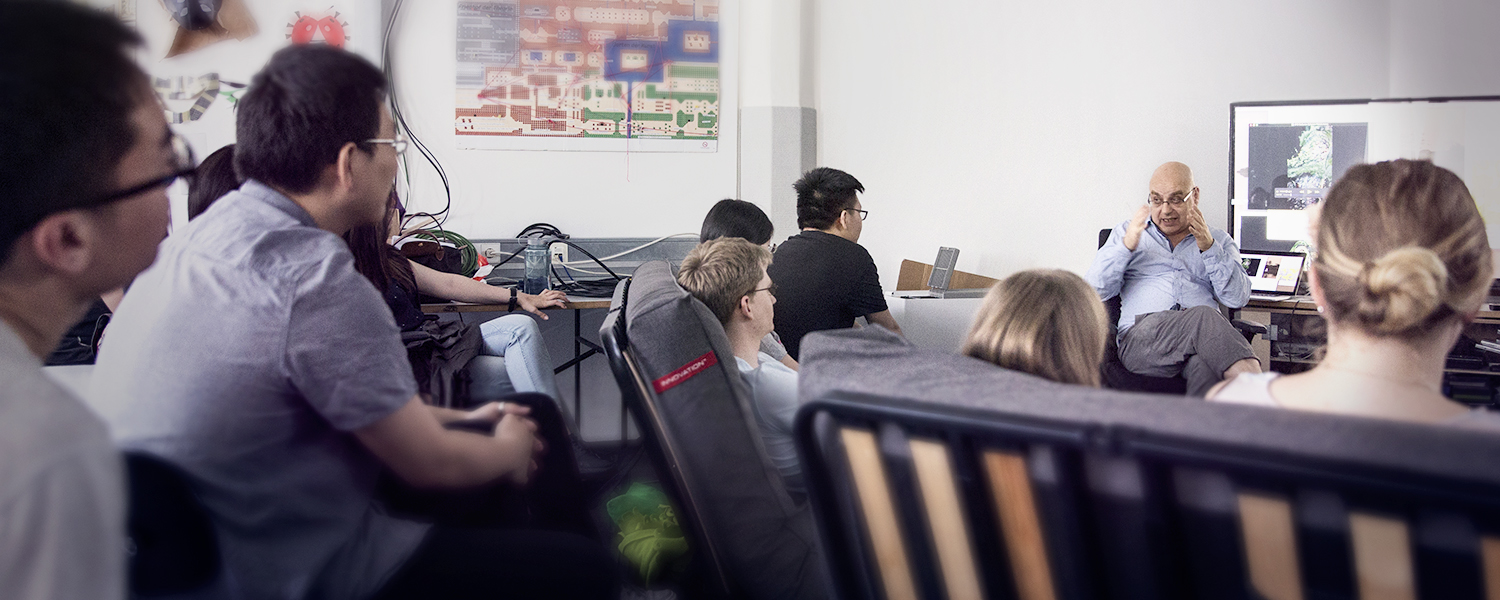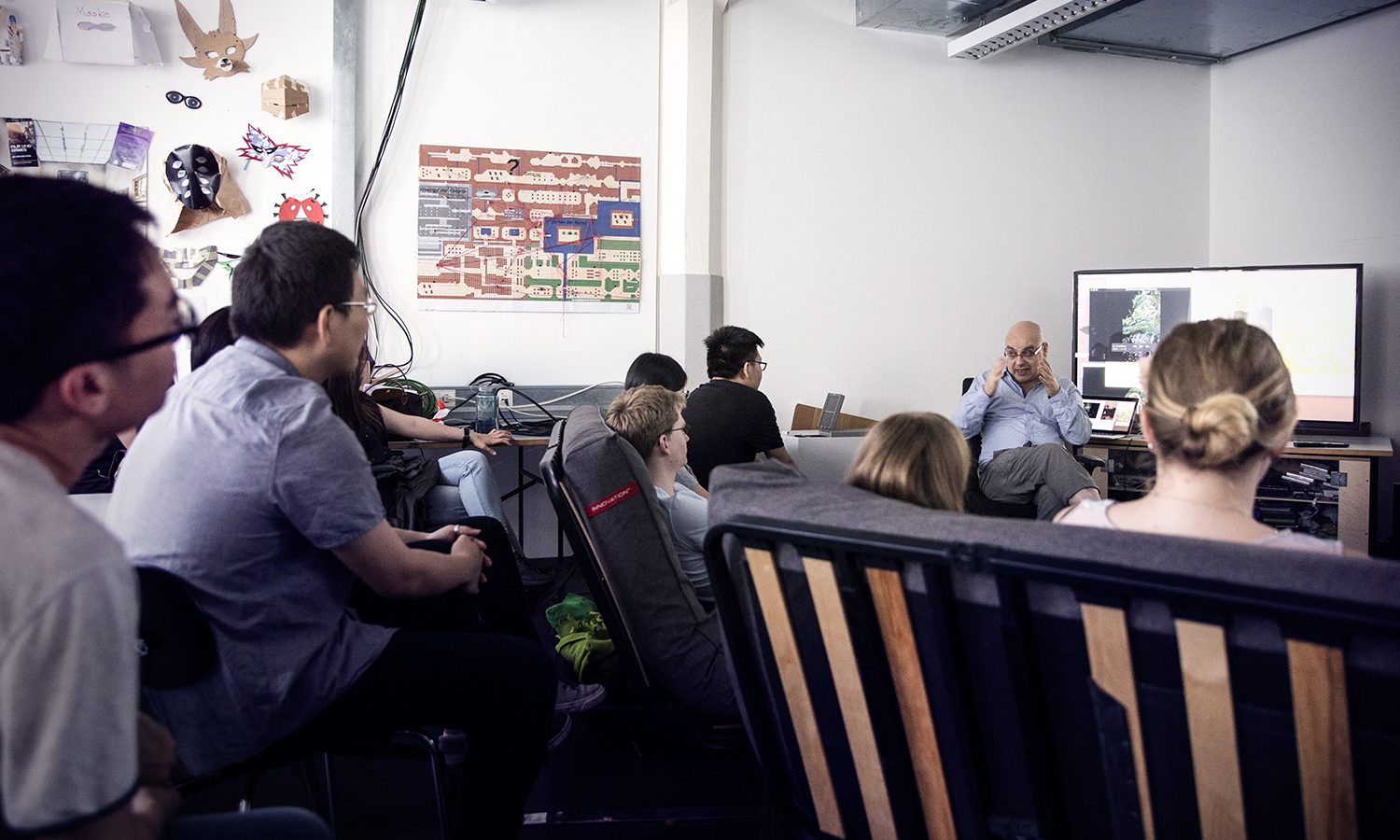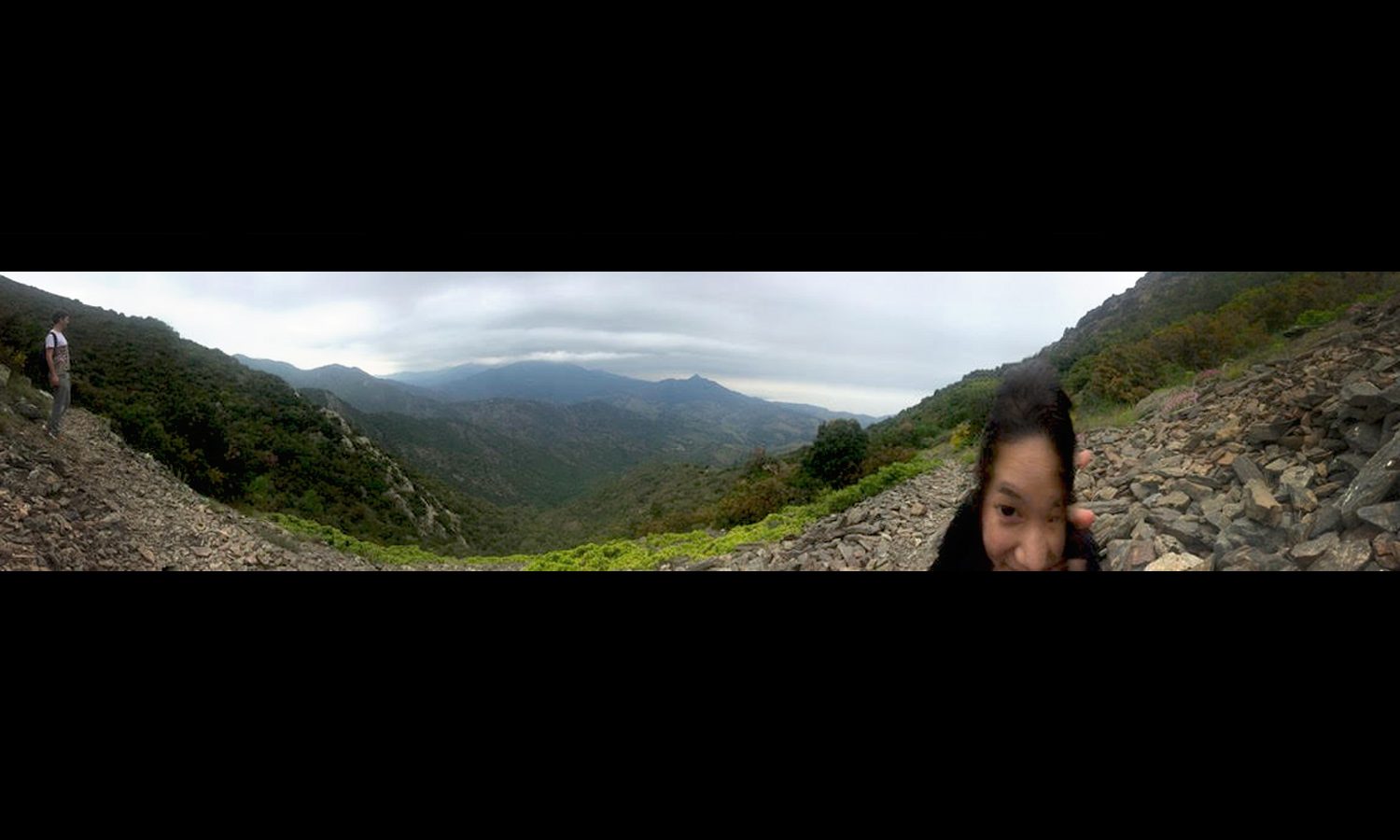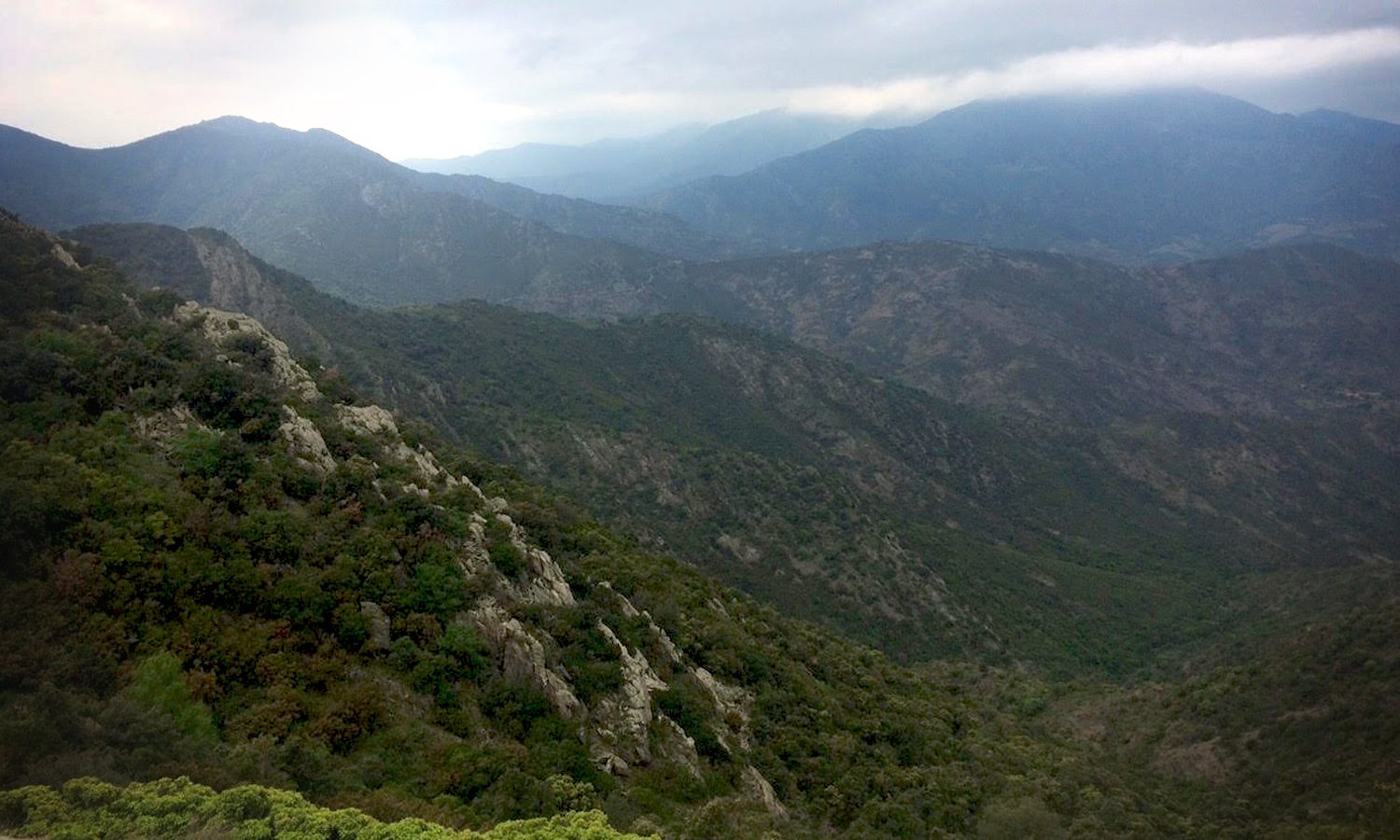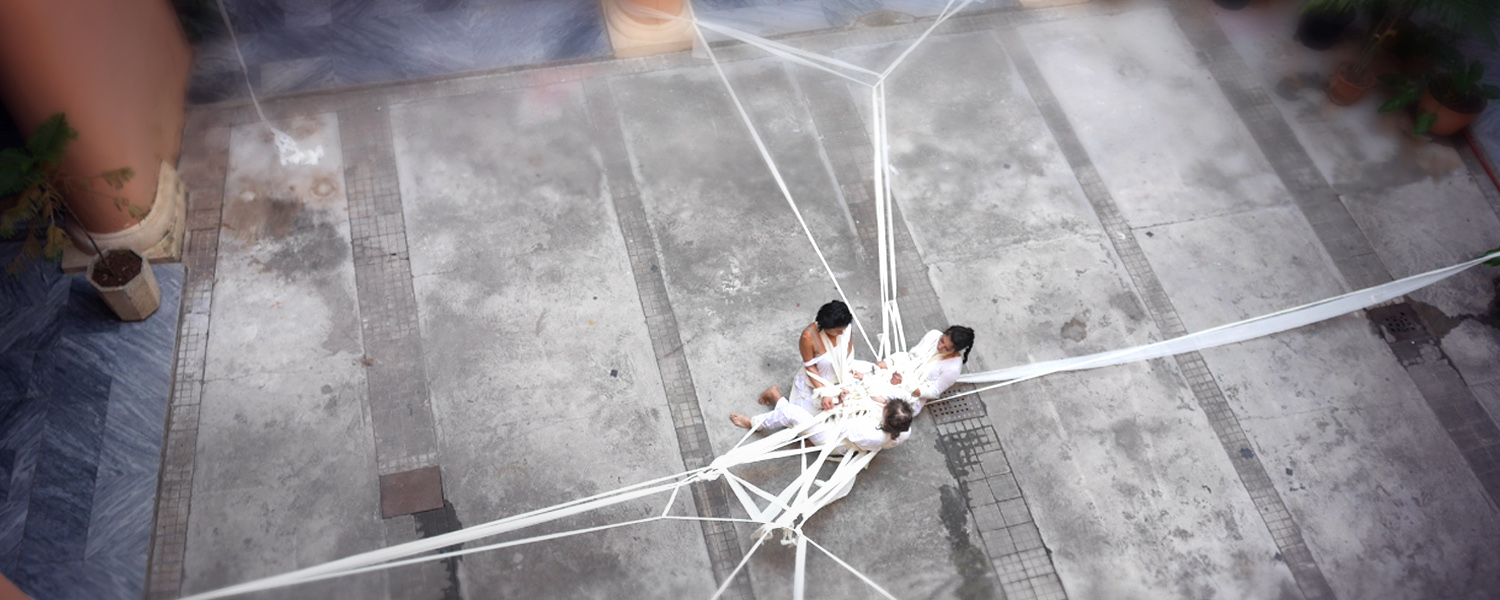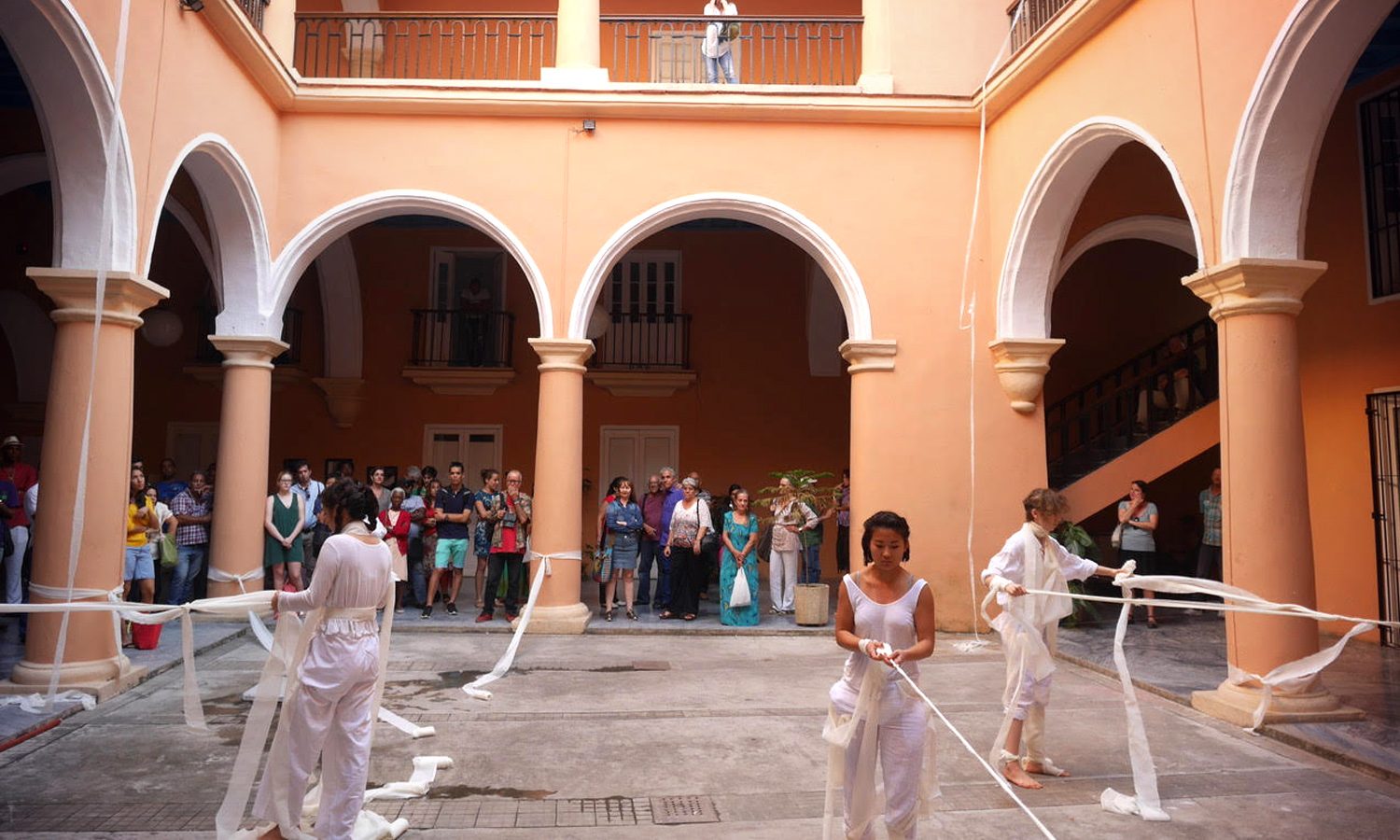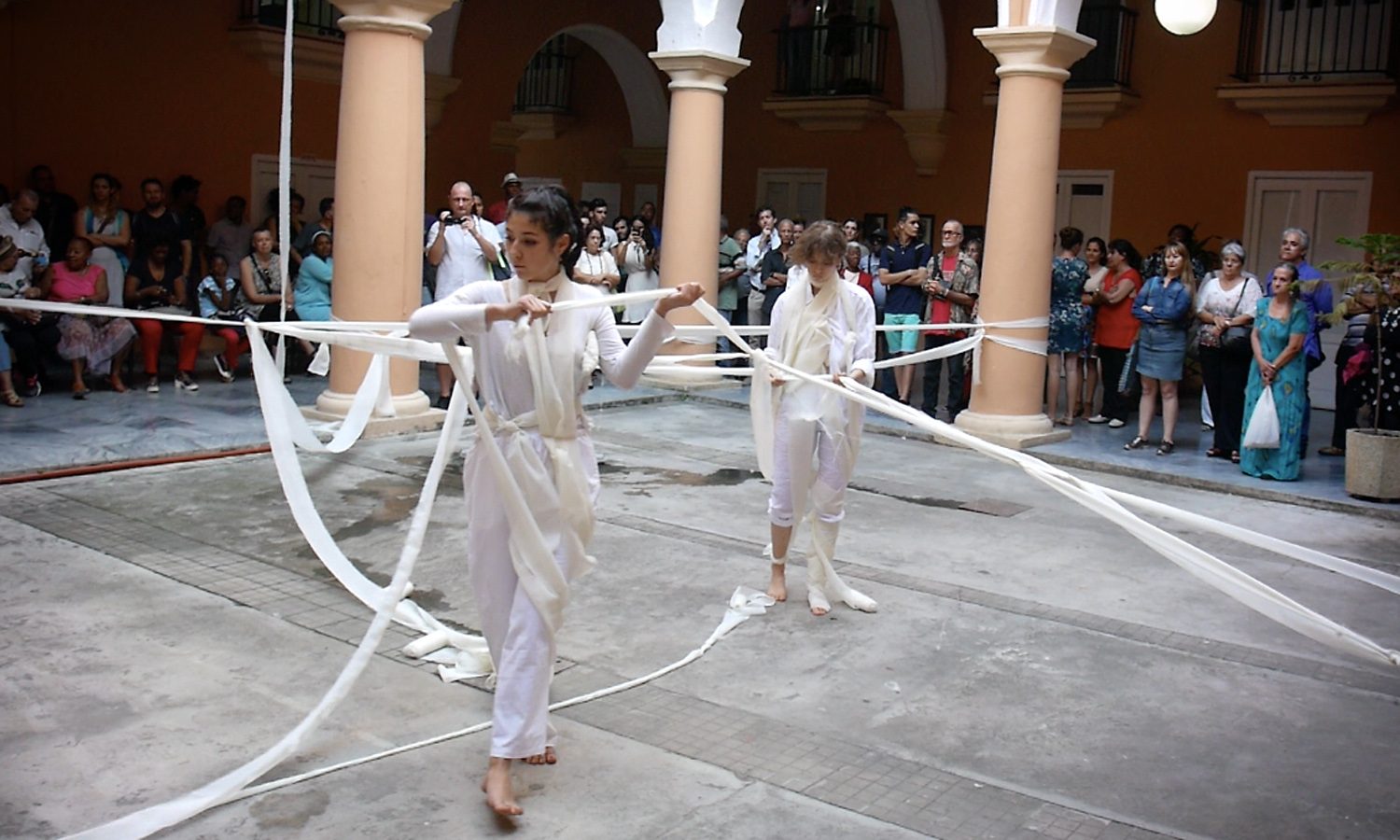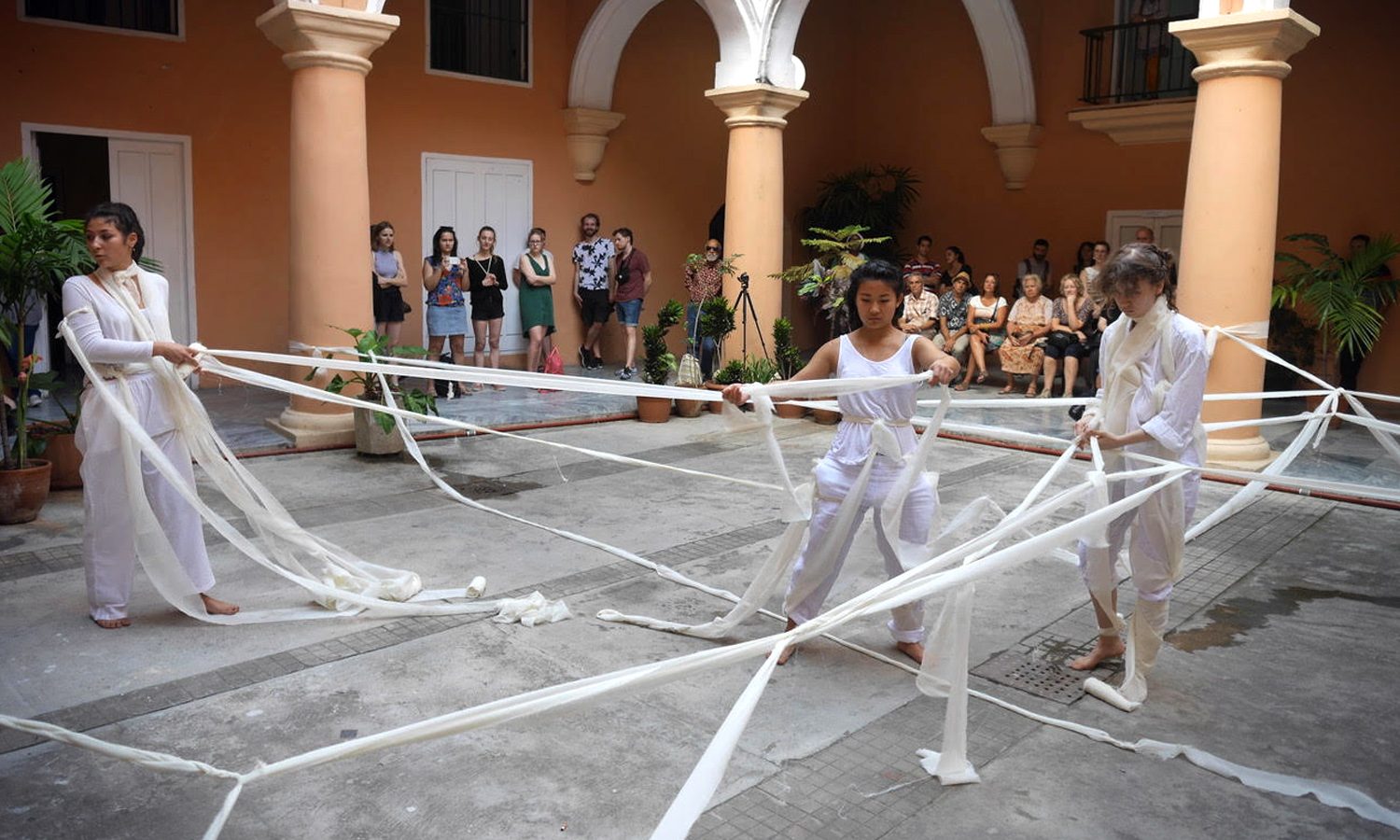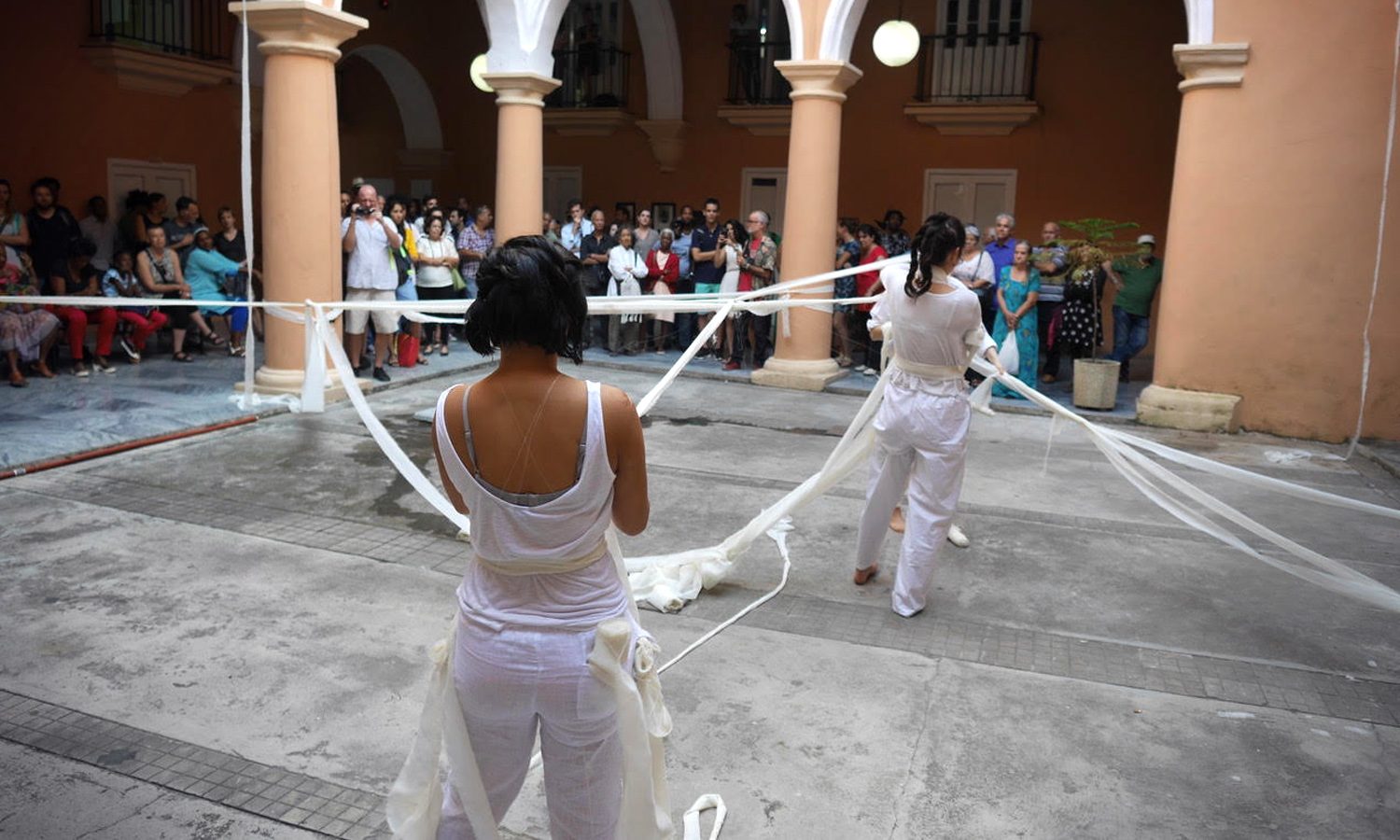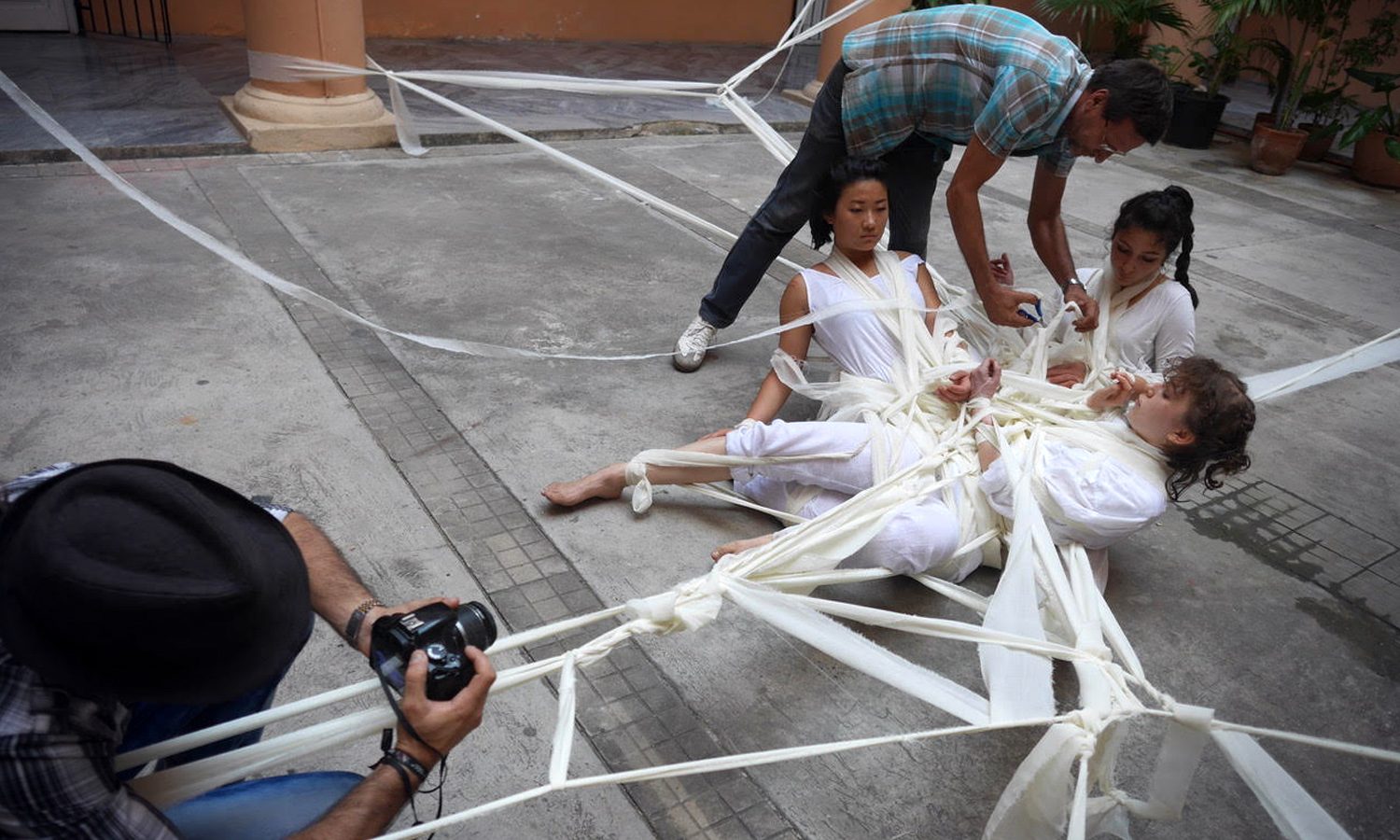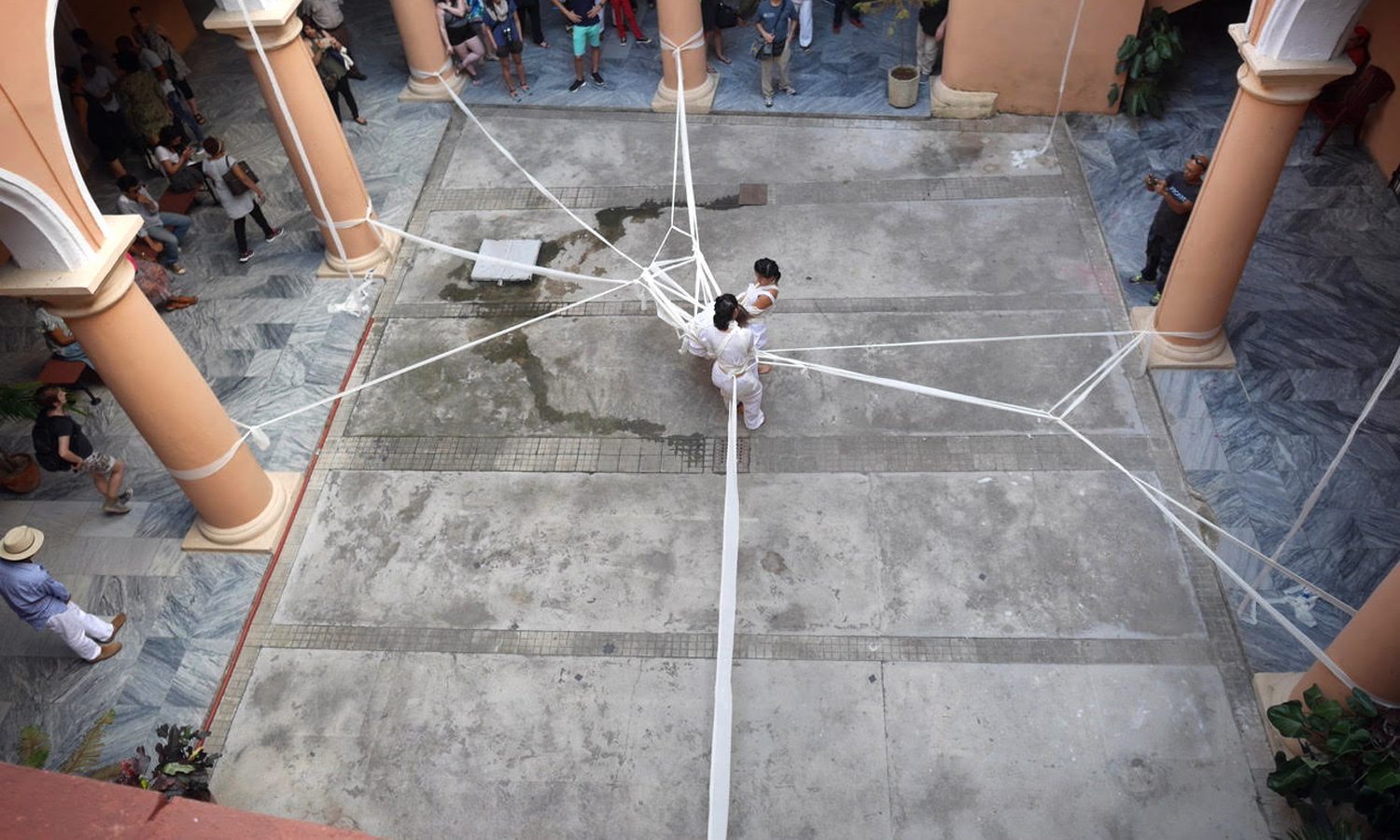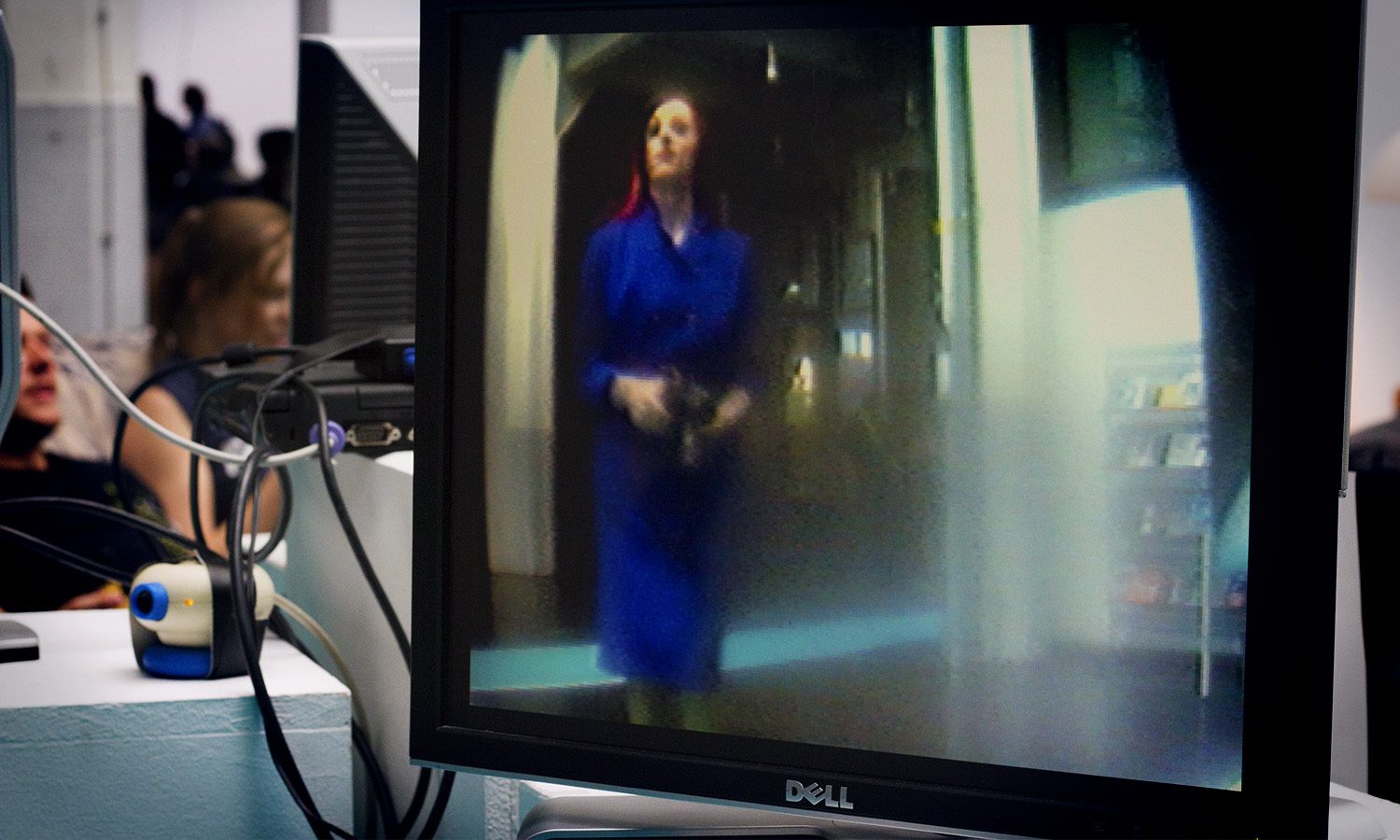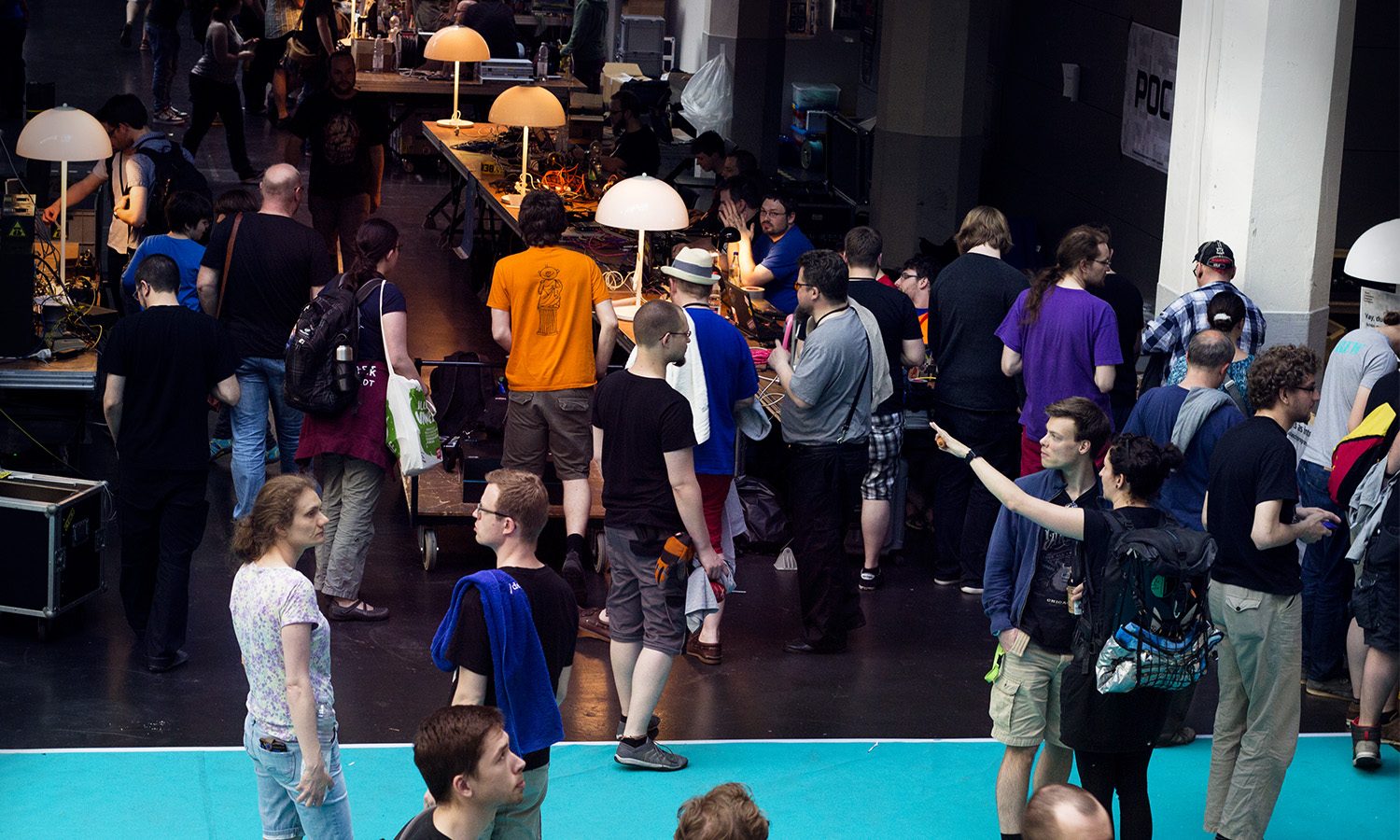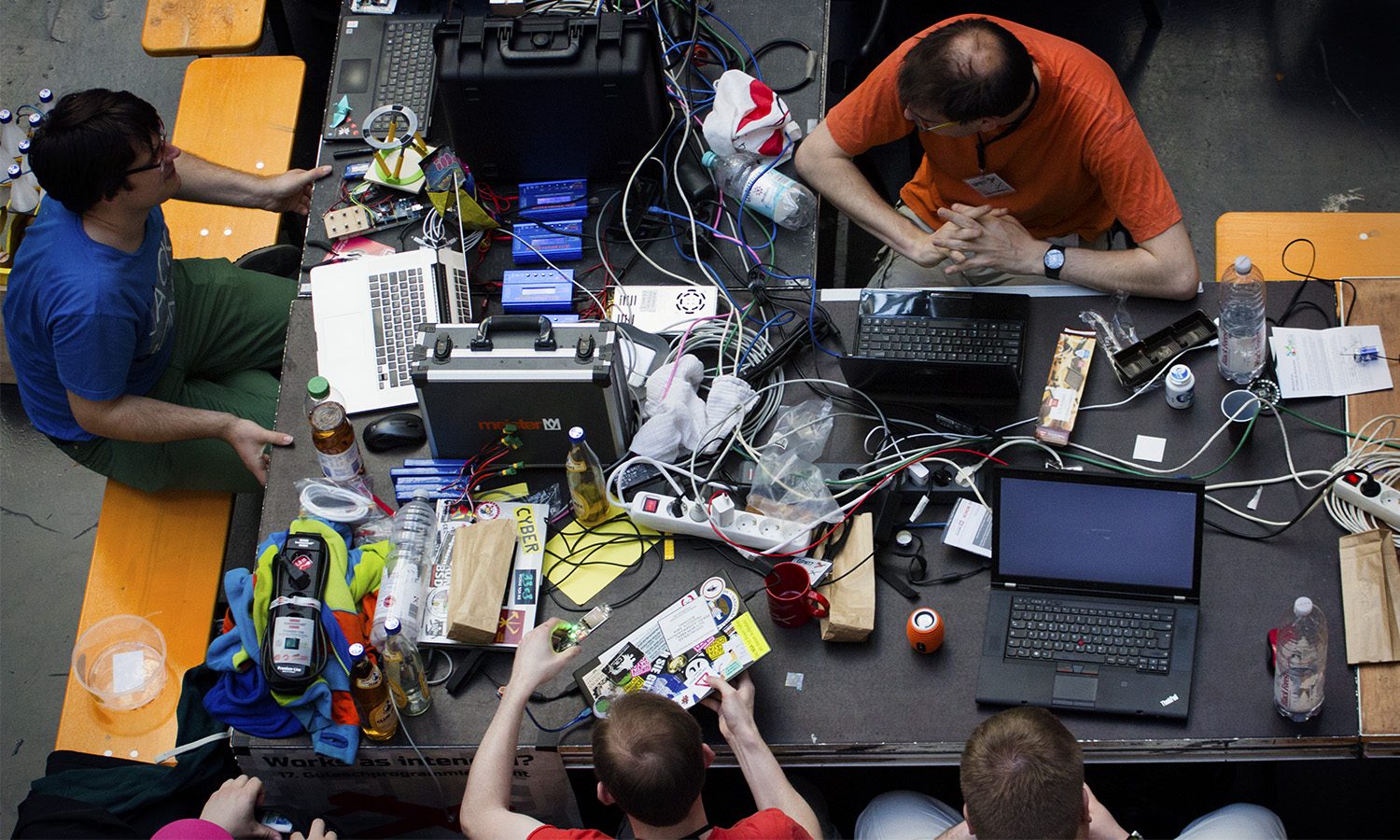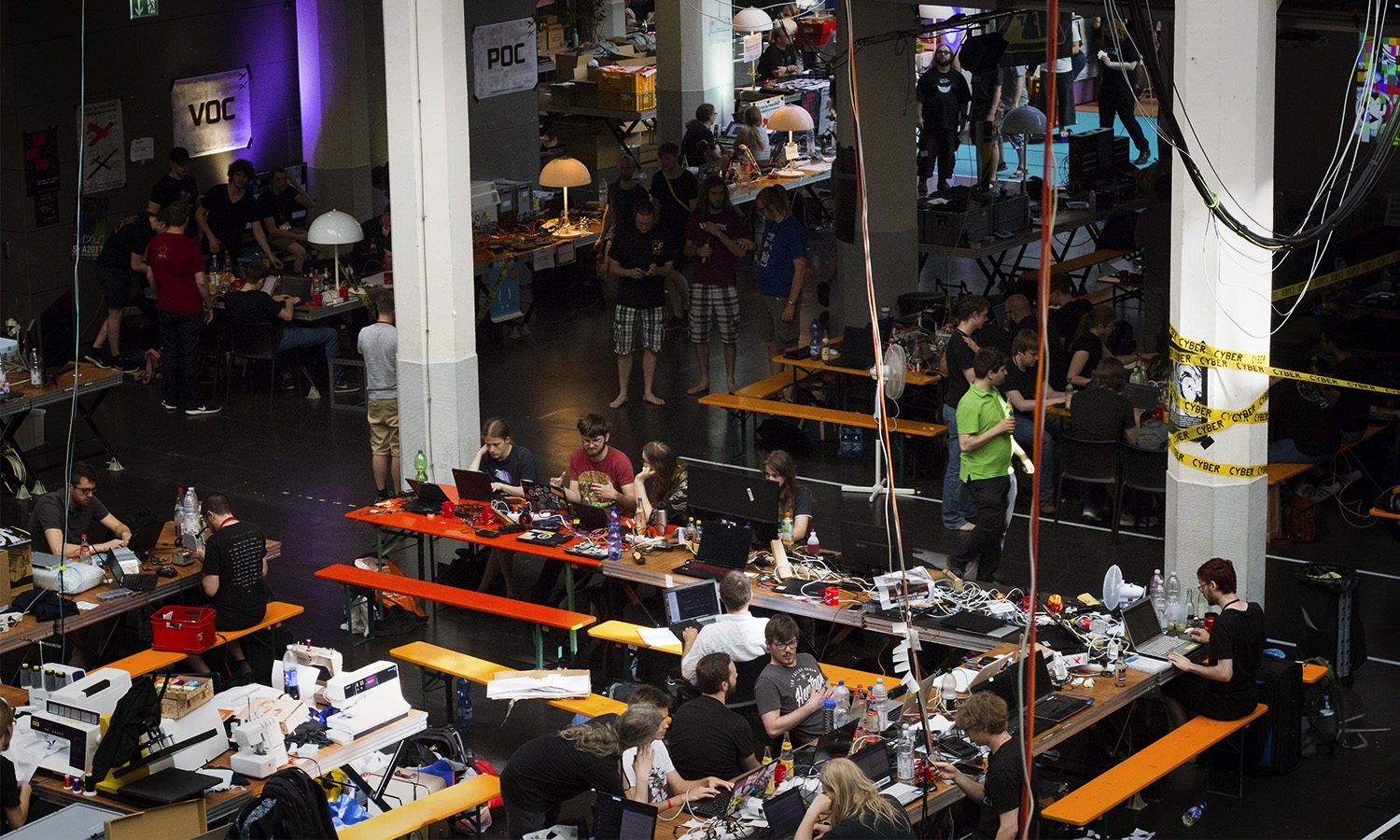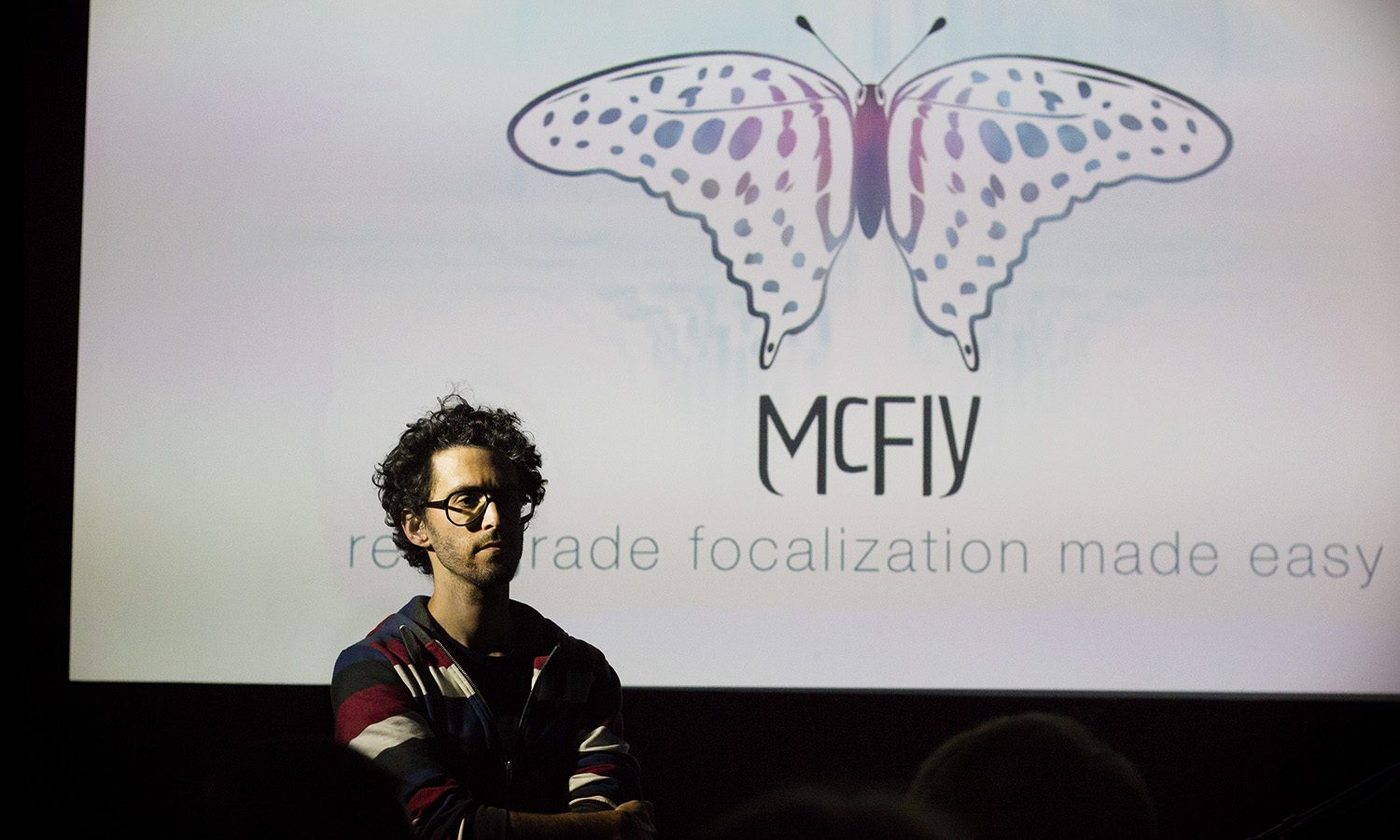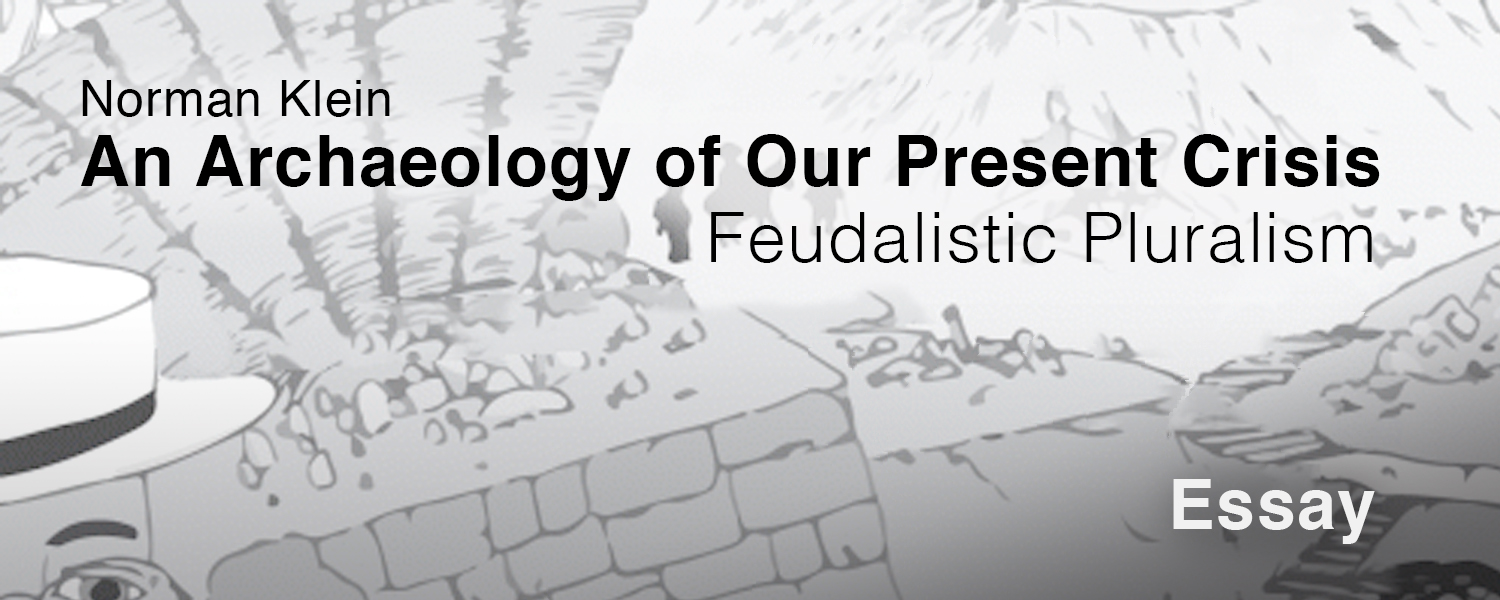A brief Archaeology of Our Present Crisis: Feudalistic Pluralism
Norman M. Klein
January, 2016:
Thank you for inviting me. I specialize in the history of forgetting, of what is missing or selected out. Of course, I mean the plural – histories of forgetting.
Forgetting is usually a collective act. It leaves traces, often in layers or footprints. I often think of these layers like edits in a film or a novel. Fact and fiction comingle freely. Or rather, fiction is more believable than fact.
Thus, a history of forgetting is an excavation of spaces between. These are the spaces where mental pictures are made, like imagos. These mental pictures have a capital value. They can launch policies. They can justify action; or a kind of entropy, a stillness, an inaction.
In our present crisis, this mental picture is a kind of entropy. It is truly bizarre – speaking of the United States, let’s says the entire two-year endless presidential election cycle –since 2010 surely, almost no federal laws have been passed. This is more than just entropy. But the mood is frozen somehow –backwards forward– even the vigilante flashes of brutality.
Something very active is taking place, even threatening. We’ll give it a face, but it is really a collective madness. Think of it as a gruesomely friendly Donald Trump, a relentless parasite. In its earliest appearance – for our era –we took it as glitches, like data noise interfering in the signal. The code was breaking up somehow. Now it is obvious that this noise has essentially replaced the postwar systems, reshuffled the oil monopolies, encouraged greater inequality, altered how power is brokered somehow. Apparently, the noise was, in fact, the financial restructuring of capitalism itself.
As a young man, having no business sense at all, I let my brother in law buy a few shares of stock for me, in a company known as Bunker Ramo. After a month, the price shot up like a rocket. So, of course, I sold it immediately too soon. But I did ask my brother in law what was driving up the stock. He told me that Bunker Ramo was digitizing the world banking industry. I remember asking him: “Does that matter?”
It was 1978. That same year, Bunker Ramo also leased its software to a brand new enterprise –a new “tech” stock market known as the NASDAC.
All of this went right over my head.
As of 1978, I was still trapped in another model of excavation –looking for signs of American fascism. What did presidential power have to do with widening trade to China, or a machine zipping financial data at the speed of light; or Los Angeles dredging its harbor to make room for container ships. I remember seeing huge praying mantises lift up the containers, and drop them on to trucks. All this noise seemed to be anti-fascistic, confronting imperialism with a new business model.
Every era has its paradoxes; and its evasions. And most of all, its unique mode of forgetting. Given this algorithmic and capitalist problem, our forgetting is built around milliseconds. The best way for us is to slow down vision. Imagine if a tennis player or a football player could visually slow down the movement of the ball. As a child, I learned that baseball’s greatest hitter Ted Williams could literally see the stitches on the baseball (from twenty meters, at speeds of up to a hundred miles per hour).
We are sorely in need of that kind of eyesight. We in the US are in them midst of a vast constitutional crisis. On a national level, practically no laws are being passed. On a judicial level, many judges will never be assigned. If American national politics went any slower, it would be speeding backward at the speed of light.
And yet, on our screens, we easily fly at hyper speed. We are presumably at the controls. That is how it feels. We accelerate at will. Of course, nothing could be farther from the truth. We are adjuncts to someone else’s money; and that money rockets along on data clouds. Someone else has just bounced across solar systems. We are just playing on our iPhone.
The effect is magnificent. We know it’s a setup. We can actually feel someone else’s hand in our pocket. The hand operates minutely: all at once, a mysterious fee has been added to our bill, just a few pennies. We have no idea what it is for. An icon pops up to warn us, like a frog slowly boiling in the pot. But even a frog slowly gets the point.
It is a mysterious paradox. The faster we speed along, the more we are standing still – the hummingbird effect, I sometimes call it. But now, this paradox affects our wages, job security, public investments, and sovereign debts. Since the Asian financial meltdown of 1997, the shocks have grown more visible, almost week by week; especially since the Crash of 2008.
Over the past sixty years, theorists have commented on this noise– this deterritorialization. As early as the 1980’s, it was experienced as horizontal, as eroding our national borders, our systems, our codes. Now we can see it even more clearly. Without a doubt the paradox has evolved into more than the collapse of the sign, the loss of borders –beyond postmodern tropes about the dissolve of meaning. It is a new civilization altogether, from top to bottom; including power, culture, intimacy – all of it. Within this new civilization, to stay in the game, the first social rule is passivity. We are taught to feel overwhelmed, like deer in the headlights. Politics is supposed to be useless, like noise. And nihilism is cool.
That’s more or less the goal. Nihilism breeds consensus. And consensus accepts less– not much– as enough. Global problems must be boiled down to not much; a boring intrusion. A symbolic effort, to conspicuously waste of time and political capital, is best. If the white rhino does go extinct, its last female, melancholy and lovable, must be kept alive at the zoo; and on YouTube.
I imagine a TV show, like the Trump vs. frightened newscasters, hoping to keep their job; and terrified that the abyss may finally have come. It is an apprentice episode about leadership. The news people are trying not to be cynical. But they are frightened by the entropy of the public, by Trump playing with that entropy; and wonder if they are any different. Increasingly, the breaking news is about blackmail taking over business, politics, the arts, the university. What is this blackmail about?
Over many decades, I have been researching our changing civilization. I am now reasonably sure that I can describe our entropy precisely; not so much what has to be done; just how the basic machinery works. The cycle before us will last about twenty years.
First of all, it is not globalism. The globalist transition –the first stage– ended by 2000, or even 1997.
Of course, stages in a process do not disappear. They transform. Globalism was our prologue, from about 1980 to 2000.
And the prologue to Globalism began around 1971, lasted ten years.
What are the common features of these eras? Speaking of the United States, one unkind fact is eminently clear. And so many others follow from that.
The simple fact is this: The rapid growth of financial inequality –so much a part of the American condition today– began in the seventies. That is well established.
In simple language, a kind of oligarchy has overtaken the political and cultural life of the United States. But what kind is that? From there, our story begins.
Inside our basic institutions, which on paper still exist, an emergent industrial, urban feudalism has come to dominate. I realize that two things immediately don’t make sense. What does emergent mean in this case? And isn’t feudalism a rural phenomenon? Usually, when historians discuss “emerging” feudalism, they usually mean 900AD, after the collapse of Charlemagne’s Empire, during the Viking invasions. That multiple catastrophe reinforced local vassalage and manorialism; it was a warlord response to anarchy and the collapse of Charlemagne’s uneasy kingdom, after his death. And without a doubt, a manorial and feudal process was always part of the Roman Empire.
What’s more, there are literally emerging stories where feudalism lies at the center– from Japan to post-Civil-War America, to north Africa, to the Ottoman Empire; to India and China; or the Mafia in southern Italy; even company towns in industrial America, circa 1900. Since the fifties, there are dozens of studies where feudalism is a phenomenon across the world. You can imagine how many variations that implies, from 600 BC to 1900; and now, today.
Most of all, there are the exceptions, the noise. Since World War II, during the chaos of the postwar years, and especially with the collapse of European imperialism around the world, a new awareness changed how feudalism was understood. For example, during the American occupation of Japan – the State Department in the US funded research on world feudalisms.
There were sources from all directions. This was clearly an article of post-colonialism, and banksterism, as it was called in London, the growing power of finance capital –as a new feudalism. All at once, literally hundreds of books and articles between 1949 and 1995; especially after 1970. They precisely correspond to the stages of Globalism.
In cyberpunk fantasies about the end of the world, in samurai westerns, in the purplish new Gotham in Batman revivals, in Marvel comics movies, we heard the same drumbeat, usually on a drum made of human skin, always by a gang of urban delinquents dressed up like Viking marauders. As far as special effects movies went, feudalism was money in the bank. After Arnold Schwarzenegger epics caught on, a thirty years war began –the age of muscle-bound feudal chaos. Cyborgs were feudal. Vampires were decadent aristocrats. The Nazis liked feudal dress-up. The Knights Templar were secretly running the world. One game of thrones has followed the other. There is no democracy, only a house of cards; and one horde of aliens landing after another. Professor Moriarty runs a steampunk feudal empire in London. As far as emergent feudalism goes, we’ve been there, done that; as a form of collective forgetting. Let me tell a story here:
It is 1312. A Genoese sea captain named Lancelotto Manicello discovers a string of islands. They came to be called the Canary Islands.
The Spanish kings were confused, even uninterested. What was the good of an Atlantic empire? They were too busy fighting the Muslims in Spain, who were Moors from the caliphate of Africa. It was the Moors who specialized in ships and trade.
Spain was still very much an inward feudal mishmash. So the King of Spain sold these islands to the King of Portugal, who was equally confused as to what to do next. This was before Henry the Navigator. This king of Portugal was not quite ready to finance expeditions down the coast of Africa. He too was more invested in the Iberian peninsula itself.
It was a simple dilemma, dating back centuries: How do you get Italian mercantile businessmen willing to colonize – to terraform– woebegone islands seemingly on the way to nowhere? The answer was feudalism. Offer them feudal contracts, so they could easily turn a profit off the inhabitants of the islands –make the locals serfs. That was essentially how colonization operated for millennia, among Greeks, Romans, Venetians, Egyptians, Persians.
Feudal business (manorialism) was the cheapest way to get started. That was an established fact. Feudalism allowed for indentured labor. That provided labor to get things– indentured labor grew or mined capital. Or they paid through quit rents, a part of the crops; or even as sharecroppers paying for their lease. It all usually evolved into a sharecropper contract. As an aside, even in 1000, the French kings needed cash to convert their holdings into mercenary armies, to fight their vassals. Money was often in the formula. Feudalism literally incubated trade, nourished small but hardy trade routes and towns; evolved various forms of freehold and labor tenure – the works. Feudalism is pluralistic… more a mishmash than flexible.
Anyway, we return to the Canary Islands…
Despite their chance to be overlords, the Genoese couldn’t quite get untracked. Decades passed. The Canary Islands floated out there. Finally in 1402, French adventurers, as they were called, came to the Islands, and took over, as vassals of Castile, and of the King of Portugal.
Now we jump to the sixteenth century. The Portuguese use the same approach (feudalistic capitalism) for settling and holding Brazil. However, by then, colonies were part of an international capitalist trade network, from Africa to the Americas; and along Asia, from Portuguese Macao to Mozambique to east Africa. And then the sugar islands, the French, the British, the Dutch; even free ports run by pirates; and privateers as mercenaries for the kings. So much noise: Who ran what?
Finally, this triangular trade grew enough capital to install slave plantations on the Atlantic side. Plantations were more expensive than feudalism.
So, during a more primitive era of European trade, when the British settled the Atlantic coast, they needed feudal contracts to get indentured labor from Britain cheaply, to get started. The feudal tenure laws were old, out of date in Britain, but fine for the colonies. The made it legal to set up a combination of freehold and free labor contracts, as well as sharecropping. This was needed at first in Georgia and the Carolinas, even Virginia. That is from 1607 until well into the eighteenth century.
However, these feudal laws remained permanently on the books in the British colonies (throughout the British Empire); and in the new American republic of the United States. Egyptian serfdom was useful to the British, who partially removed it in 1880. However, the feudal laws had been installed as late as 1800 or so.
The history of imperialism, and of mercantilism, like the East and West India companies for Britain and for Holland, relied on this pluralistic world trade system. Some mercantilist towns –attached to world trade– were patrimonial like a feudal kingdom. Others were wide open. Mostly, it was yet another bricolage (from privateers to pirates; a business climate like organized dead reckoning; profitable, but often on the edge of sheer chaos). And across the countryside, the situation was equally disordered. Here, capital was often shrinking. With a good a bailiff and surpluses five years in a row, a country estate could meet its bills for a few years; but crashes and bubbles took interfere every five years or so. The countryside began to lose capital value.
By 1750 in France, this mishmash from one province to another was identified as a legal crisis, and called feudalité. In the French Revolutions after 1789, even earlier, by 1787; and in revolutions across South America, and during the Russian Revolutions –and in Marxist theory –a unified version of feudalism was needed. Progress and industrialism was about class warfare. Feudalism was decadence, pure and simple. The idea that lower class identities were pluralistic, even feudalistic in many ways –even in industrial cities – could sound very reactionary. All that extra noise had to be filtered out.
But now, since 1970 or so, the noise has grown a hundred fold. Then noise is a condition, like a ringing in the ears. The condition has gradually overwhelmed our hearing. Its horizontal layers have become deafening; and manipulative; and crazy. So at last, we must begin to call this an emergent, industrial and urban feudalism. Feudalism is clearly the right word, but to be even more specific, it is feudalistic pluralism: a dusty white noise that emerges in sheets.
Now to a few general principles, so we can dive into this more easily today:
Feudalism is a tendency toward oligarchy. It operates by two extremes: either as political chaos – a horde, the war of all against all– or as entropy, a catholic stillness. It has dozens of forms (civil war invaders; imperialist conquerors; even sharecropper systems after the Civil War; regional warlord alliances slipping back and forth in feudal China or Japan). Historians have identified the fifteenth century as a period of Bastard Feudalism, so called, of endless warfare (especially in Britain) that also incubates capitalism, even the Renaissance. How the Medicis in Florence were feudal bankers has been endlessly discussed.
Other historians say that the seventeenth century was another case of bastard feudalism, of what Hobbes famously– and ominously– called “the war of all against all,” in his opening paragraph to The Leviathan.
In such eras, when the pluralism is fully at play –in these noisy decades– central government tends to be weak; with overlapping, invading authorities. The state is literally overwhelmed by deregulation. However, layer upon layer of extinct laws stay on the books; until no one is able to keep track. Instead of a pyramid, it resembles a palimpsest, one dead set of rules bleeding through another. No surprise that our cultural mess is constantly in a state that resembles an architecture of forgetting.
…Feudal systems (like hives with a virus) cannot stand still. They require continual adaptation, because entropy and chaos means that you must switch allies, change enemies regularly. Suppose this were a civil war, as in Syria and Iraq. Consider how many enemies of enemies are pretending to be friends. The rival armies very easily turn into bandit warlords. Who’s fighting who exactly? That historical question baffles scholars and diplomats alike
We drift back another five hundred years: Suppose this civil war was part of a collapsing plantation economy, as in sixteenth century Sicily. Bailiff tax collectors work for foreign overlords, who are careless and incompetent. So the bailiffs evolve a parallel government, a mafia; they become what historian Eric Hobsbawm identified as social bandits. These mafia-style blackmailers were the actual Robin Hoods. Their Sherwood Forest was a criminal town run by gangsters.
Now it is 1875: We go to Missouri after the American Civil War. Missouri was a border state, caught between; it is mostly confederate, but thoroughly localized. It hates outside investors taking advantage of its crisis. Like Sicily, it protects criminals who fight outsiders; especially the northern railroads– as in the case of Jesse James.
Now we enter the present: The drug war in Mexico is clearly a feudal war against the state, for control of regions, not the central government, which is cratering, and losing authority.
Feudalism can be institutionalized ruin, as in the Thirty Years War (1618-1648); or the locust hordes from Christian Europe during the Crusades. On the other hand, feudalism can also inspire a process of incubation. In medieval Europe, capitalism in cities evolved alongside a bricolage of plantation economies (manorialism) for six hundred years. Thus, Occupy Wall Street was not simply an antidote; it was an aspect within the pluralism, within feudal Manhattan– a zone that overlapped, and spread. In the nineteenth century, this process was understood as dialectical, as inevitably leading to a third, a new system. One might say that all voids are an interregnum, a new regime of power; at least one hopes it is eventually dialectical. But pluralism has a way of using up time, of replacing the dialectical with what Veblen called “ostentatious display.” We consume the idea of making a difference; and we all feel better, myself included. It is naïve to even call this corruption, because it is so charismatic, a special effect, an antechamber at the theater, where you can visit death, but never die.
Feudalism tends to be polyglot because its authorities overlap. They were often known as corporate bodies in eighteenth century France and Germany. One French town might govern in relative independence. It relied on an old, unique treaty with the king. Another German town was governed by a prince bishop, who is nominally liable to the Holy Roman Emperor and to the Pope; though their ministers almost never showed up (except famously in 1618, at the defenestration of Prague. In other words, diplomats of the Emperor were thrown out the window of a palace, into a pile of manure; which began the Thirty Years War. That would look so dumb in a movie, yet it actually happened.)
Feudalism is marked by very lopsided master planning, if any. Toll roads and tariffs are filled with exceptions. That is why the Roman roads were much better than the medieval roads for such a long time. The revenue stream is always fragile. Among the one percent in France (actually more like three percent in 1789), those who inherited a title were commanded by God to never pay taxes. When the prince had creditors, labor dues were converted into rents paid in cash; they were still paid in labor; or even in flesh for centuries (those deflowering rights were the most bizarre version of feudal rent, to allow the prince to have your daughter on her wedding night). There were relentless gray areas; they varied painfully, or sometimes revealed a common sense. This meadow had been common land for a long time. Those woods were almost, but not quite, common.
In fifteenth century Britain, some of the freeholders actually went into selling crops, even before the enclosure acts centuries later sparked the industrial revolution. Feudalism could be an agricultural form of capitalism.
That curious fact deserves a few sentences: as entropic as feudal conditions get, they also leave voids. These are holes in the world, where national governments or empires had functioned. Now they are wide open somehow. In other words, feudalism can also incubate. Inside feudal voids, all kinds of contrary systems have been incubated; for example, capitalism incubated by feudal conditions; and fascism; and electoral democracy; and great cities, like medieval Venice; and medieval Cologne.
These voids are also signs of utter confusion. As a “rule,” national restrictions come and go in the world of feudalism. During times of trouble, bastard feudalism tends to dominate. But feudalism is all about unsteady alliances, between natural enemies, who suddenly want the same thing. Then they don’t, and former allies execute King Charles I. On and on, back and forth… with elements of gentry bourgeois turning into reactionary aristos, and so on.
We in the US are obviously experiencing an emergent feudalism, to what degree time will tell. The history goes briefly like this: even though the frontier made feudalism less evident, in the late nineteenth century, industrial monopolies brought a kind of feudal indenture into American life. It was called industrial feudalism, even by John Dewey. Some even hope that feudalism was a new utopia, a frontier communalism.
And this weird American reading has survived. It is all over the internet, in one crazy feudal network after another.
Our elections and governance are losing the moral capital they need to maintain authority. They have succumbed to feudalistic pluralism. Some states are incredibly progressive. Others are literally drifting back into the nineteenth century— legally.
All waves of immigration bring on cycles of feudalistic pluralism, in the US, and now in Europe. On the other hand, feudalism also builds capitalist progress. But when the migration is a sign of failed states and utter confusion, it helps to bring on unsteady alliances. These alliances will collapse. So immigration isn’t the problem: the feudal entropy is. That is because, as a national hegemony, feudalistic pluralism is very weak. It tends to have no plan, and runs out of steam, leaves more voids.
I suppose that types of fascism relied on feudal remnants. That was clearly true in Franco’s Spain; and in Hungary; and now perversely in Russia. China is actually a plural, as in pluralism.
In the 1880’s, during America’s industrial takeoff, a plutocratic class arose like medieval princes. For the first time in the US, there were endless complaints about serfdom. And indeed, as a condition, more than a system, an American feudalism does emerge between 1880 and 1929. This was the emergence of an American feudalism.
This was not medieval, though all forms of colonization are feudal in some respects. There were simply many different species of feudalism –from fourth century Greece to seventeenth century Japan, to nineteenth century Egypt, to feudal Indonesia, China, Poland, Russia, the Ottoman Empire, the Moorish caliphate in North Africa and Spain…
Our feudalism probably resembles sixteenth century Brazil more than eleventh century France. Simply put, every country has a unique feudal condition waiting in the wings. It is oligarchic. It favors indentured labor. It tends to rely on financial blackmail. It cannot master plan easily. It requires a very weak central government.
Our 2016 version of feudalism resembles early modern Europe from 1600 to 1800 more than the Middle Ages. That means feudalism as the ancestor of capitalism. In Europe, feudalism incubated democracy, fascism of all kinds, communism, capitalism of all kinds, mercantilism; industrialism; much of the Renaissance; and the foundations of the modern city.
Many of these are like brood parasites. They cripple their host. What results is feudalistic pluralism. For example, digital banking is a parasite. It was incubated by its host, the federal government. At first, in the eighties, the new speed of “free trade” promised an effortless and borderless utopia, an alternative to the Cold War. Now we see the mature version. Digital banking has left the federal government crippled. Without federal laws, we cannot master plan. Our national infrastructure, the pride of the American century, will probably not be upgraded in time: the roads, schools, power grids, waterways– and most of all, our job economy.
I often compare feudalistic pluralism to a tattered sweater. Moths leave holes that cannot be repaired. These become voids that incubate oligarchies (pirates) of all kinds. The holes also liberate regional authority, especially in coastal mega-cities. With each financial crisis since 1997, oligarchy has become more entrenched, more the law of the land. Oligarchic finagles are deregulated, made legal. Tax havens legalize piracy through offshore businesses. And cities have achieved a strange new splendor. To put it another way: Is feudalistic pluralism also incubating pockets of progressivism?
In short, our present –our present crisis in the US –goes back 45 years. And as archaeology, the antecedents as far back as 1600. In our version of the present one lives in structural disorder. Our version means a world that accelerates sideways, layer by layer.
Foucault is helpful here. The present, he explained (implying the failures of 1968 in Paris) is never experienced in the singular. It is always segmented by “radical discontinuities.” Many versions of the past crowd into the so-called present – along with “several networks of determination, several teleologies.” Historians construct unity out of these fragments – out of “thresholds, ruptures, breaks, mutations, transformations.”
However, surprises bring life to the present – these “silent births,” and hidden “correspondences.” Through them, our collective misunderstandings can surface. Today, these collective misunderstandings have entered clouds, literally clouds of secrecy, passwords, and clutter, endless confessions and promotion.
Some clouds serve a useful purpose, clearly; others are designed to serve no purpose, to hide things in plain sight. They hide by moving too fast. They rely on the public’s short-term memory, in a world of deregulated flow, of a 24 hour news cycle, and so on, from derivatives to flash trading.
I’ll exaggerate to capture the metaphorical sense of our condition. We live in violet… like the ultraviolet signal… without a clear sense of past or future. We seem to glow simply in a medicated present.
To repeat globalism (in its first stage) ended around 1997, and was replaced by globalized localism –in other words, feudal pluralism. Like Hanseatic towns in 1400, with their oligarchical business elite, many coastal cities have become feudal kingdoms, like free towns as they were called in the sixteenth centuries –outside the madness of the nation state.
The tri-state area is a regional kingdom. Los Angeles has also become a regional kingdom of eighteen million people. Even Shenzhen and Hong Kong are a regional kingdom of 100 million people.
I guess the old walls, the ring of Cologne or Barcelona, of dozens of European cities, will not come back. Or has the old wall returned, through real estate controls that turn home-owning into a stock portfolio? Who needs a brick wall when you have unregulated financial inequality growing its own iron ring?
Again, feudalism is an incubator. It incubated capitalism, fascism, communism, anarchism, mercantilism, imperialism –and always in this regionalized and local way. It tends to move horizontally, sometimes like a horde, sometimes like a change in climate.
It is difficult to guess how long any feudalistic dissolve will continue. Of if something it incubated will take over. If history is any judge, I would guess that this stage, as a structural fact, has no more than thirty years remaining, perhaps less. Entropy at the speed of light has a bizarre shelf life. It is quite possible for a feudal system to literally run on fumes for generations — without providing much at all for its citizens. And yet, nothing is eternal. Surprises are undoubtedly being incubated, particularly among young people like yourselves. You must not feel intimidated. I grew up with too much of that. And you must be thorough, slow down vision in order to move faster. Beyond that, with my apologies for your being stuck with so much wrong in the world, with too much left undone, I still believe that the potential is amazing. Now let’s chat.
**************************
That was January, 2016. Now it is 6 November, less than two days before the thoroughly perverse American presidential election. At this moment, it seems like Donald Trump, despite a surge helping him in the polls, is about to descend into the rogue’s history of monsters who almost came to power. We’ll soon find out if he lost.
Unfortunately, what remain essential about all this goes far beyond Trump. The madness of our American entropy will go on, for one reason: The Constitutional crisis in the US will continue. Global capitalism has gone nativist; and the Midwest, in the South; and in the Rocky Mountain states. This vigilante self-hatred is determined to further the decomposition of the federal government. With or without Trump, the avalanche is coming.
So what then is the key problem, if not Trump? It is a syndrome: Our economy cannot make enough jobs, not over the long run. It is true all over the developed world. Germany, for the moment, may be an exception, but I would not count on that situation at all.
Business today is dominated by a stagnant brew of globalized and financial anti-labor policies. Over a period of forty years, this has reinforced the collapse of manufacturing job; certainly in the US. And now, despite growth in American manufacturing, advances in robotics promises to the do the rest. Instead of a team of foremen on the factory floor, one person will run the factory off an iPod essentially.
To repeat the singular truth: capitalism is simply not producing enough jobs to sustain the social facts of our life. As a result, inequality promises to grow even further – even to harden institutionally. Wealth will be granted even greater rewards –by law. This accumulation of oligarchical power may be an unsteady path, sometimes slow– but inevitable; unless new structures are put into place, by your era.
Even in the best of conditions, this decay of labor would take decades to reverse. In the meantime, we in the US face a pernicious election on Tuesday. It is not only for president, but also for control of the institutions that make our laws. Americans know that Tuesday is only a station on the cross, a weigh station. What awaits afterward is a twenty year struggle that will take one of two directions: either toward stronger defense of oligarchy; or toward a new species of relatively free and equal government. We may even evolve versions of both, at the same time.
This is what my era gave the world, I have to admit. How comically strange my generation is. Yours, I trust, will be more consistent and ethical; hopefully also keep your sense of humor and cultural play. I believe in you– and the mission that history has placed on your shoulders.
Anyway, this journey will surely absorb the next twenties years at least. Those years will be studied with affection and confusion for centuries to come. We’ll all be funny characters on TV miniseries. There’ll be Halloween costumes of us. People will scratch their heads, wondering how we did so little with so much. But let us pause here, before I close. Let us make one decision. You in particular deserve more than to just be misremembered. It will take work, research, new systems, all totally worth it. Trust an old man who has seen plenty. I congratulate you, in advance for what you are going to have to do.


